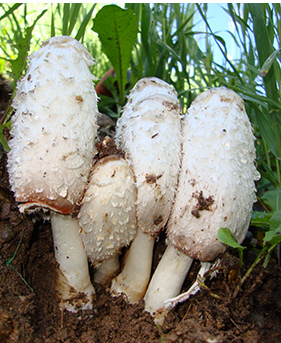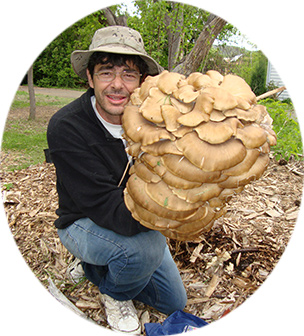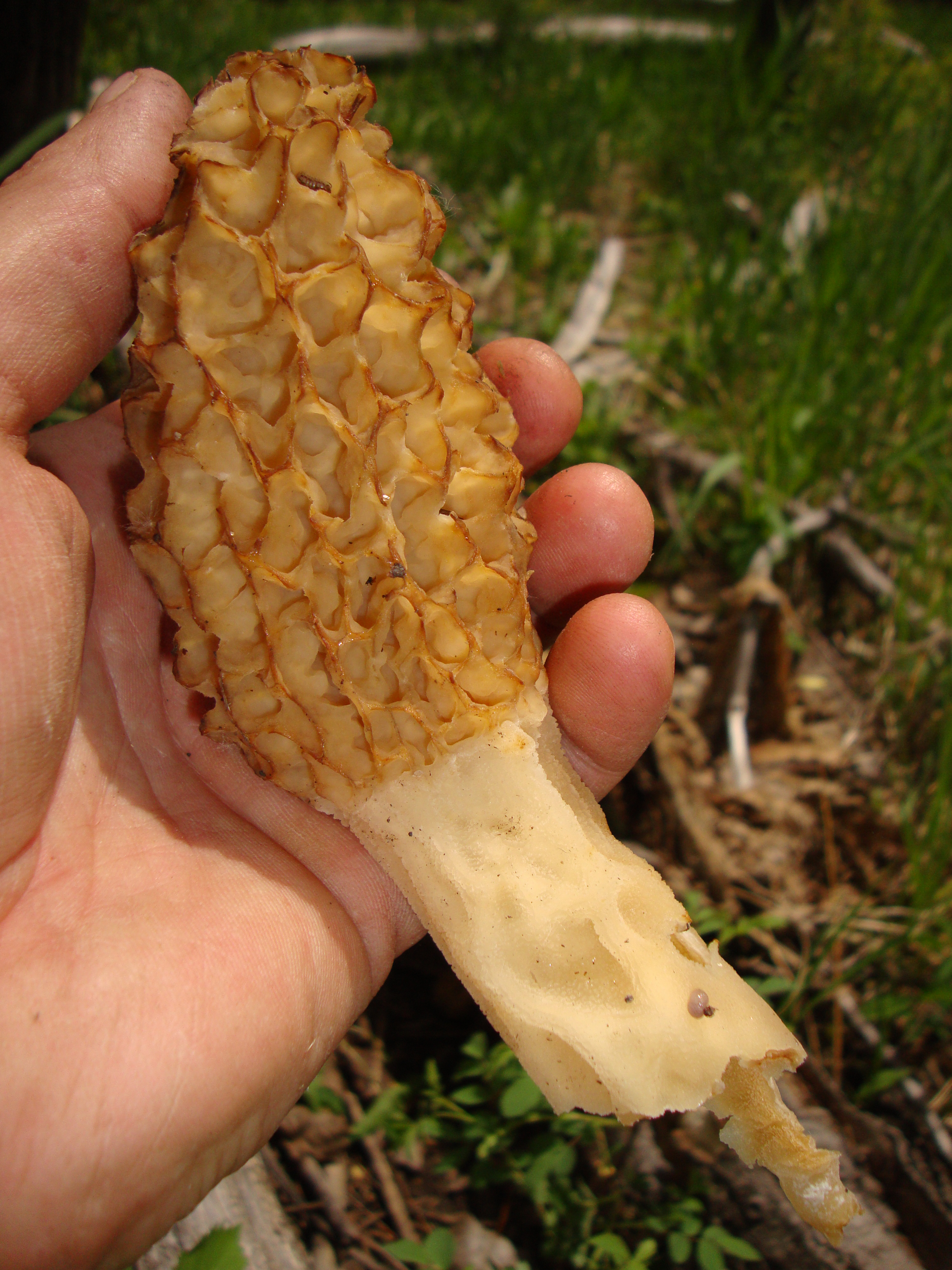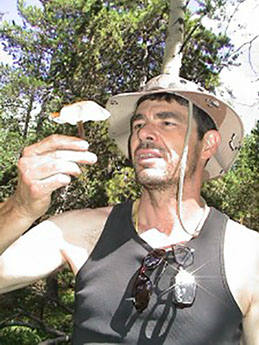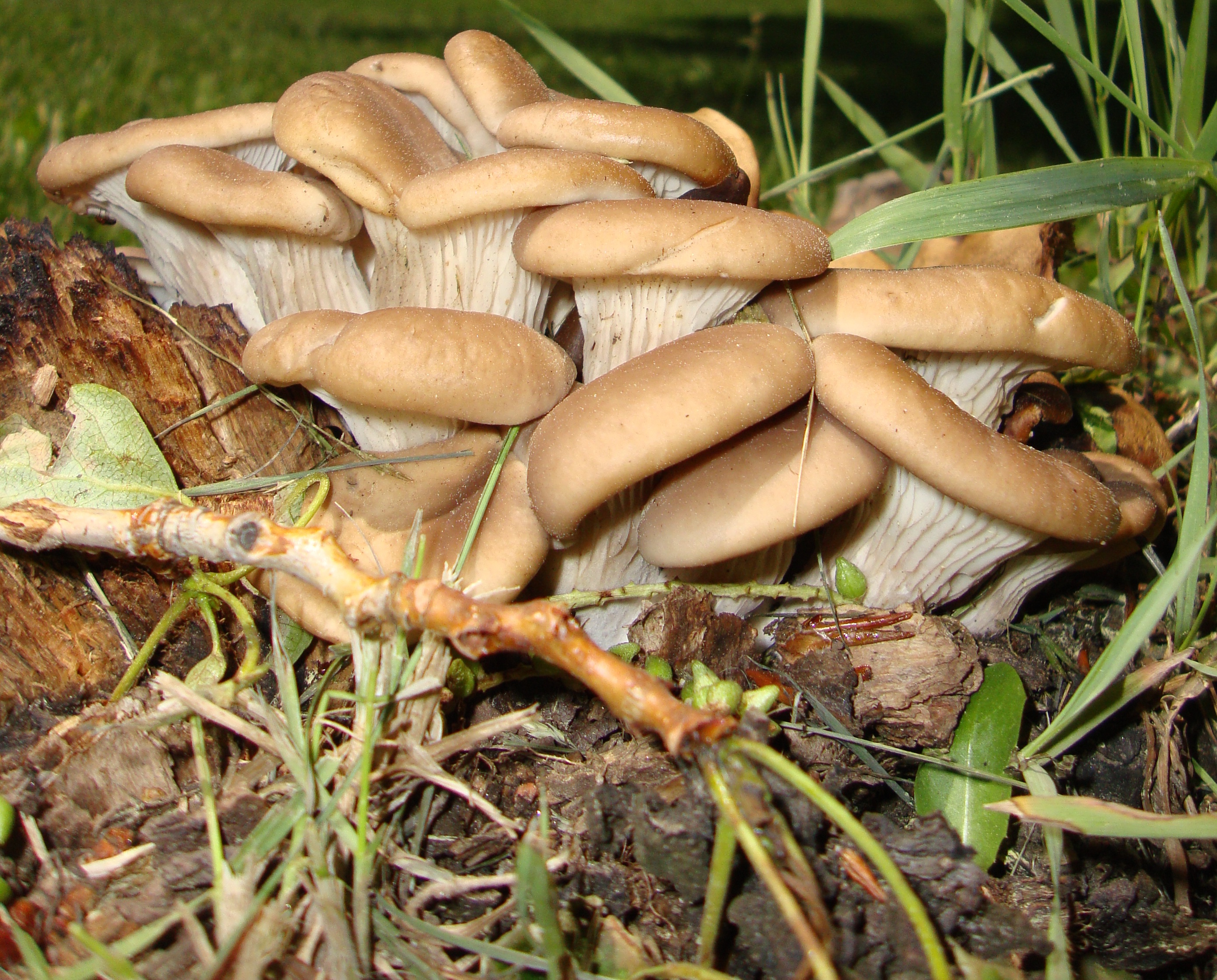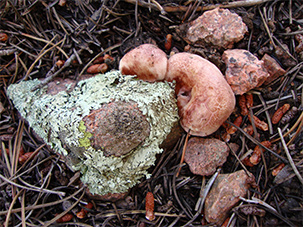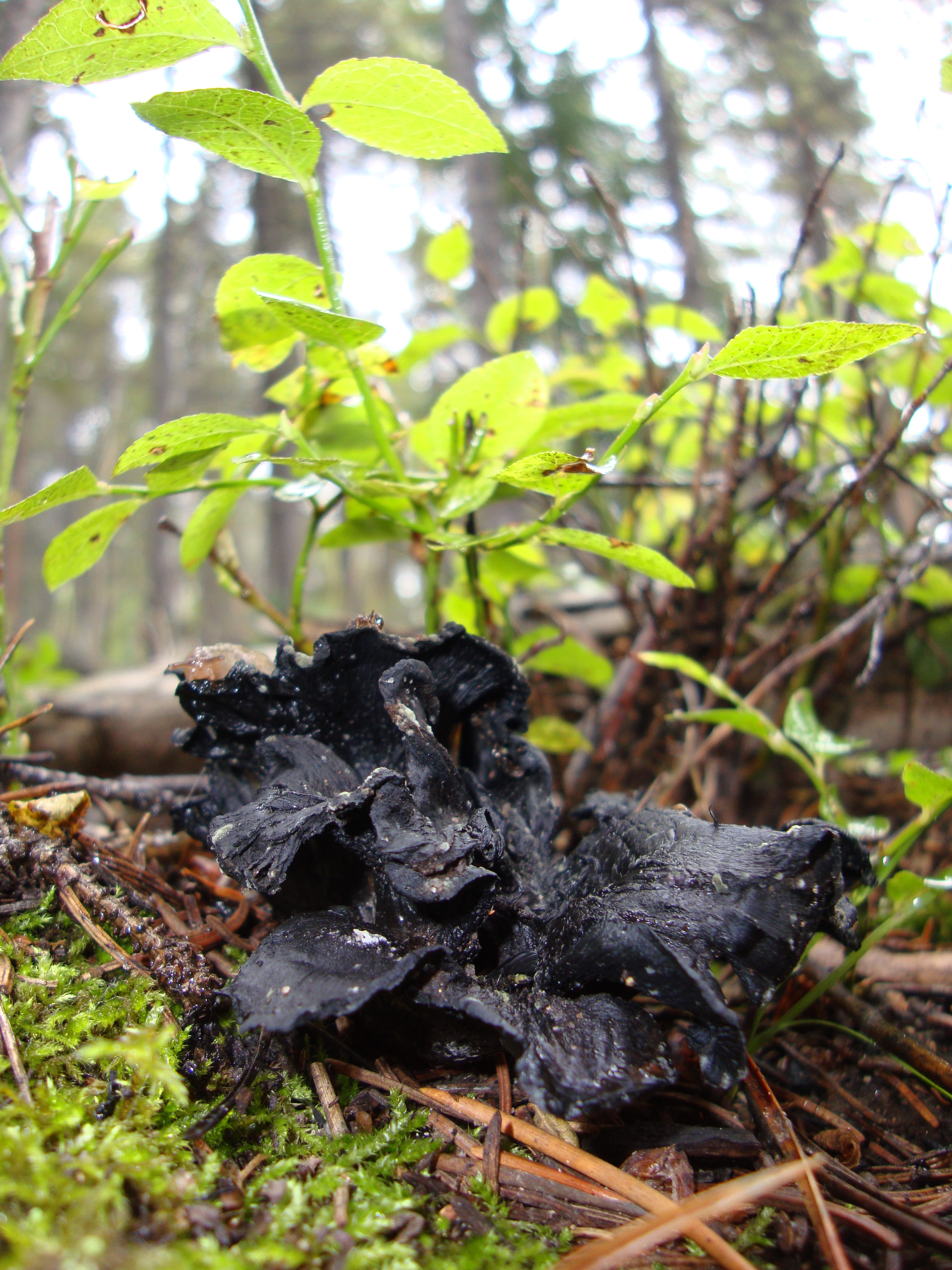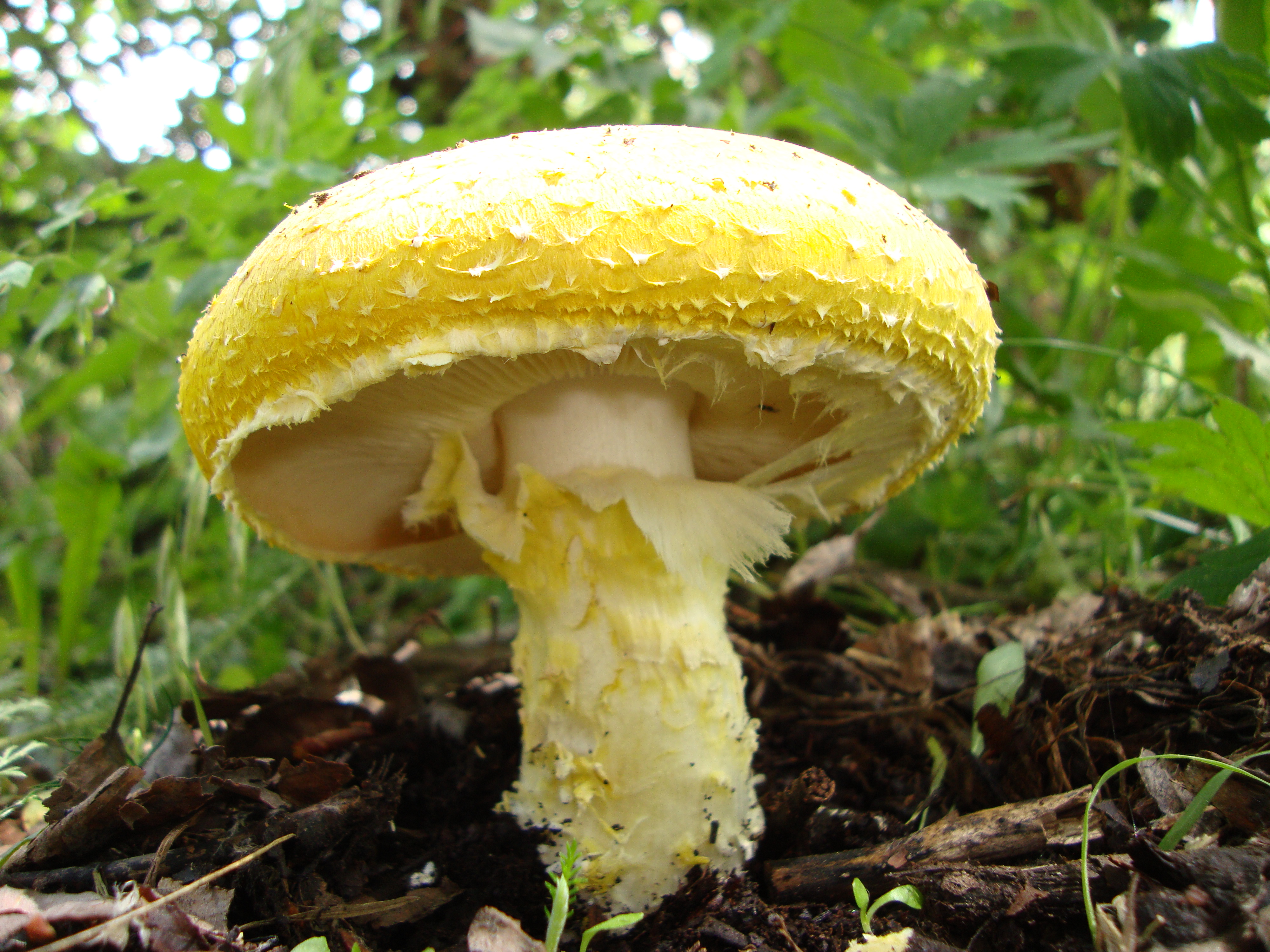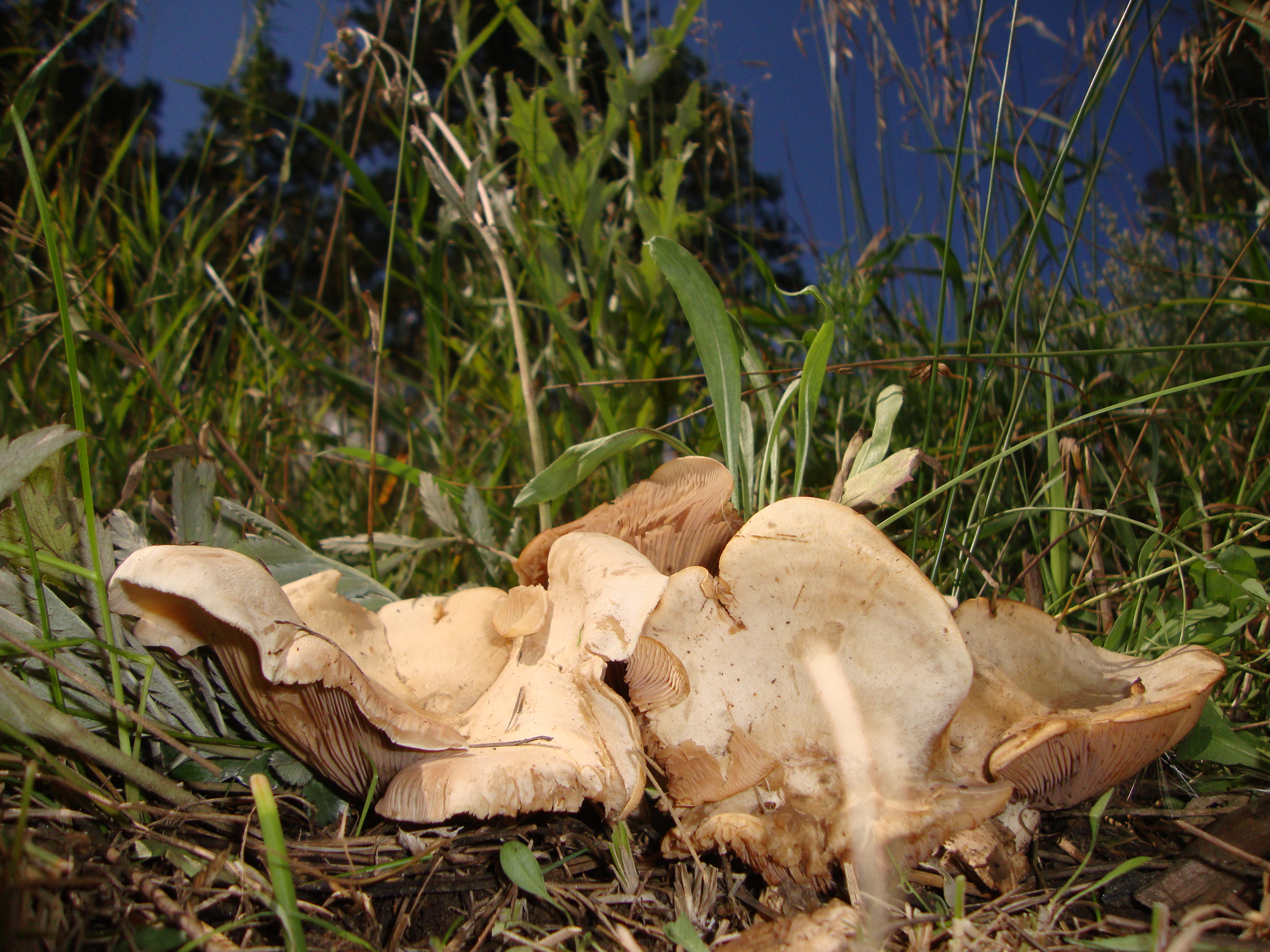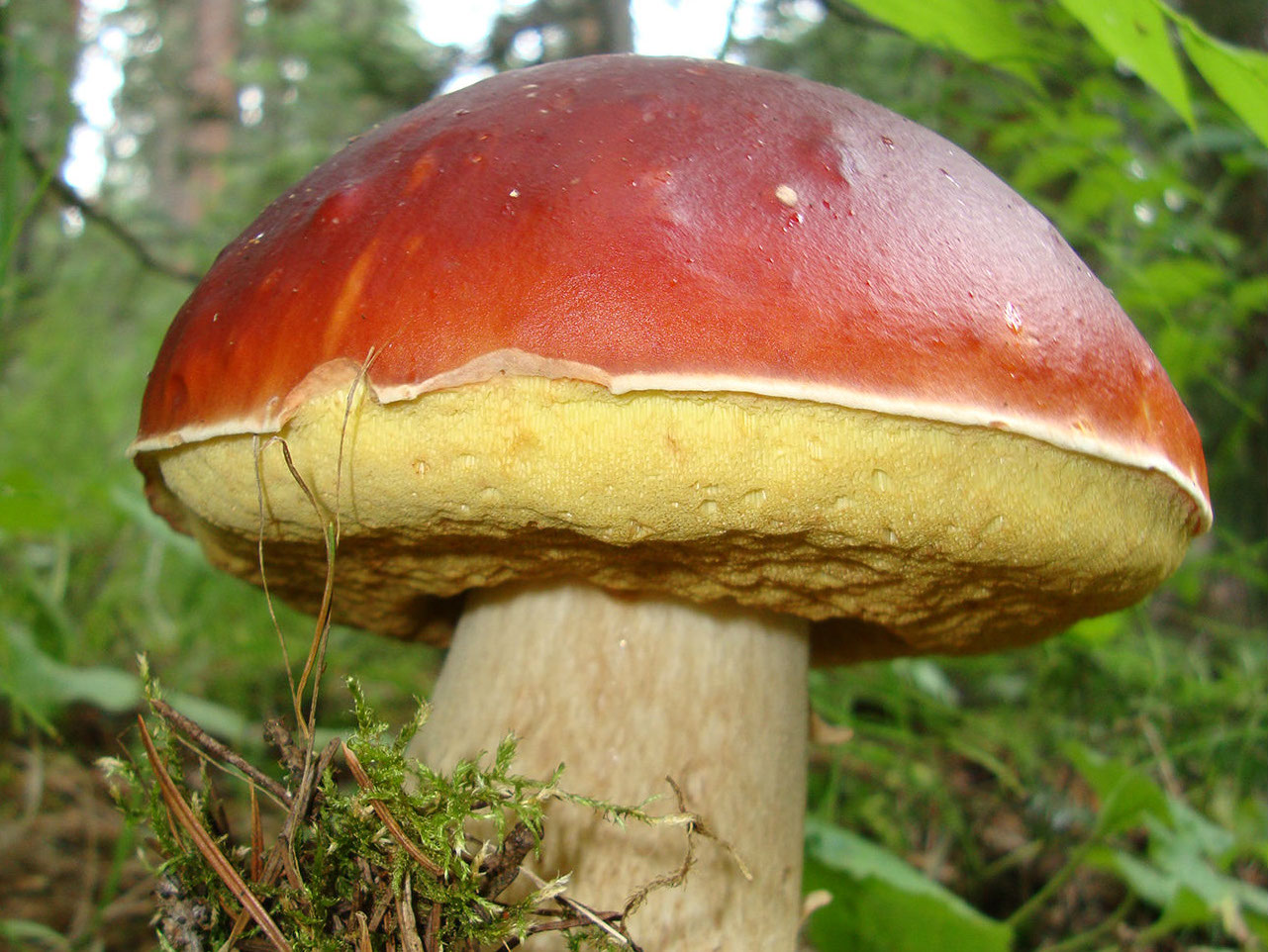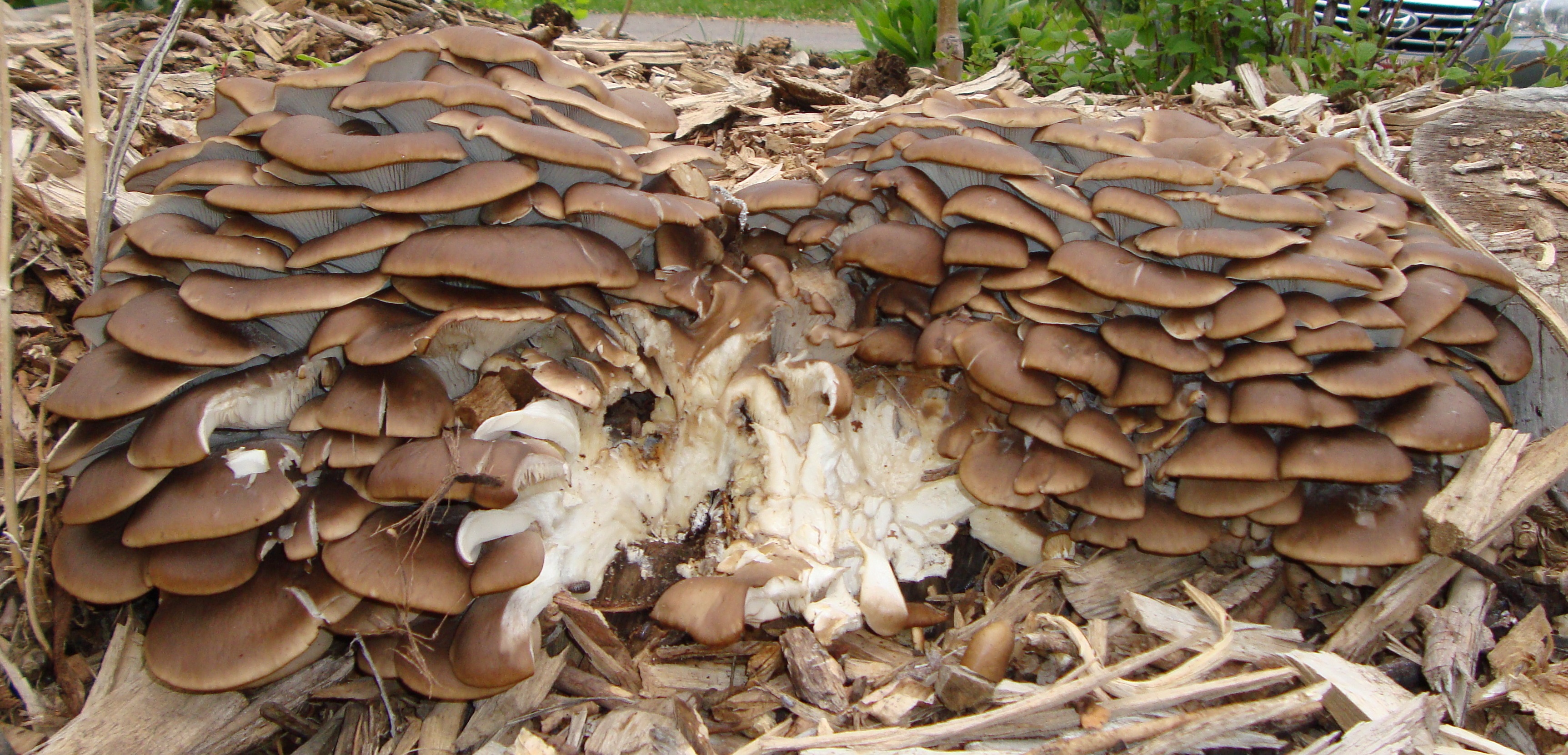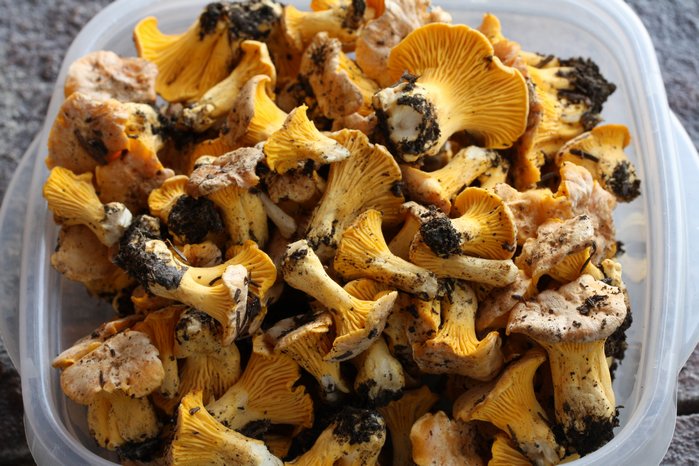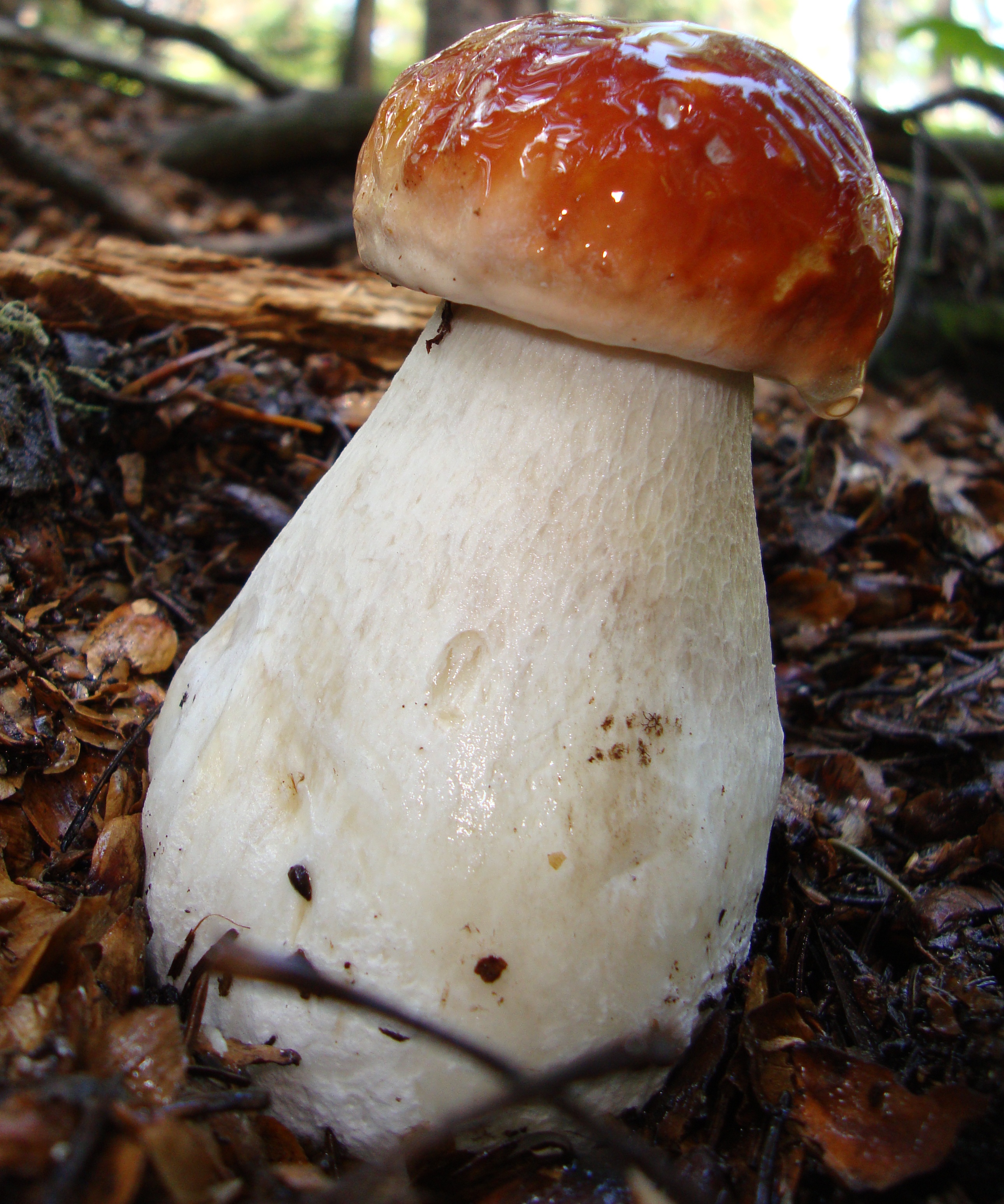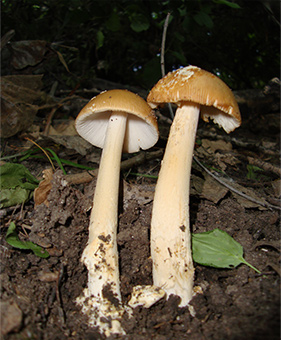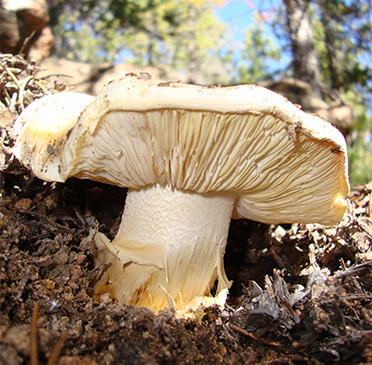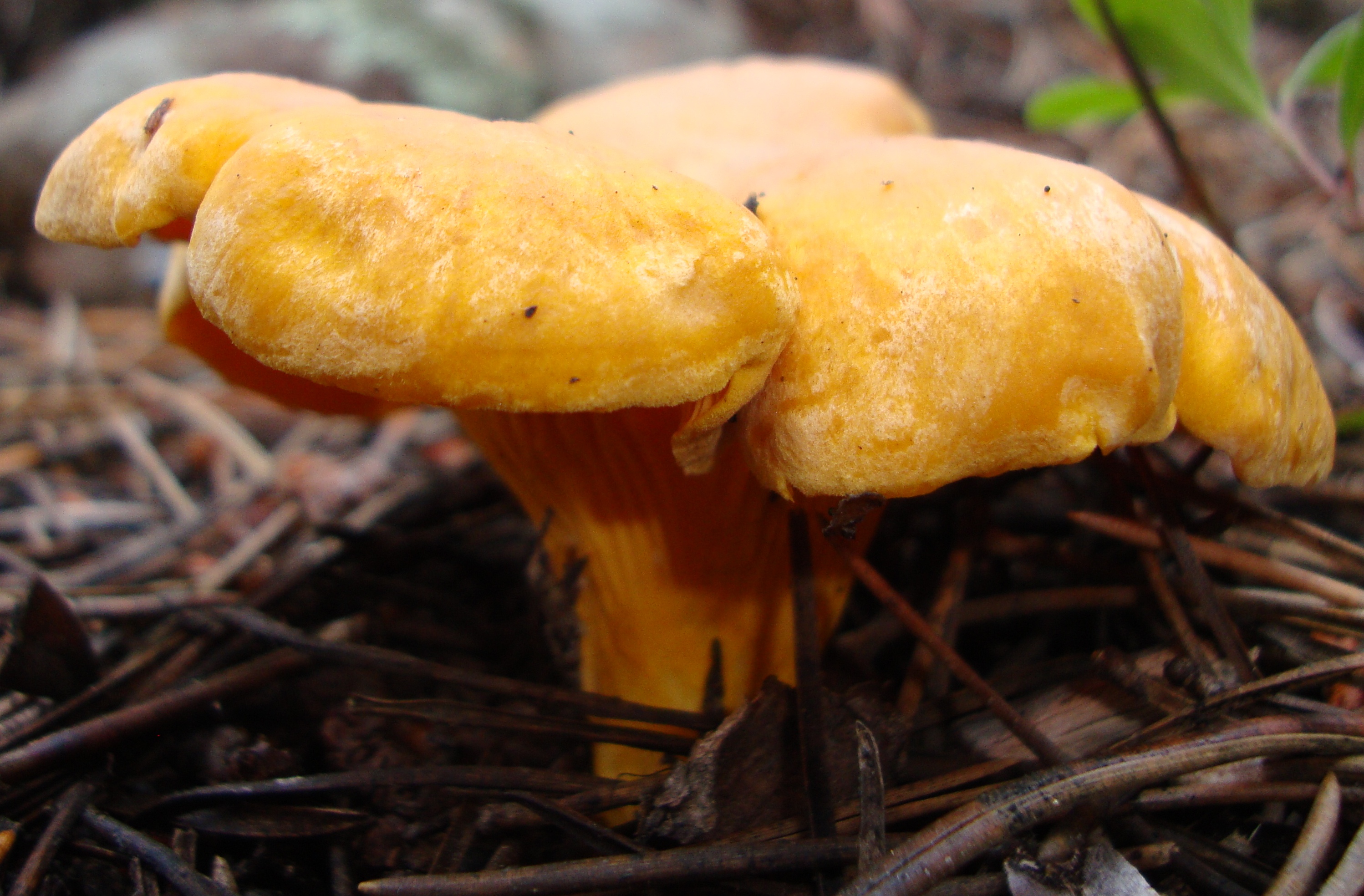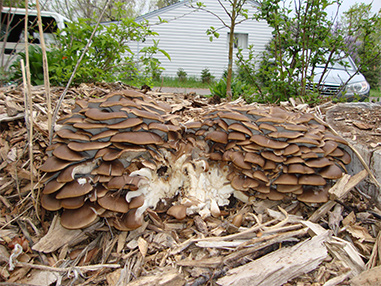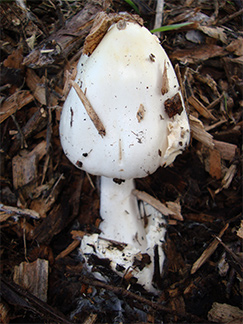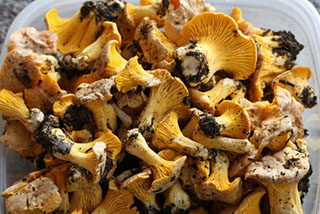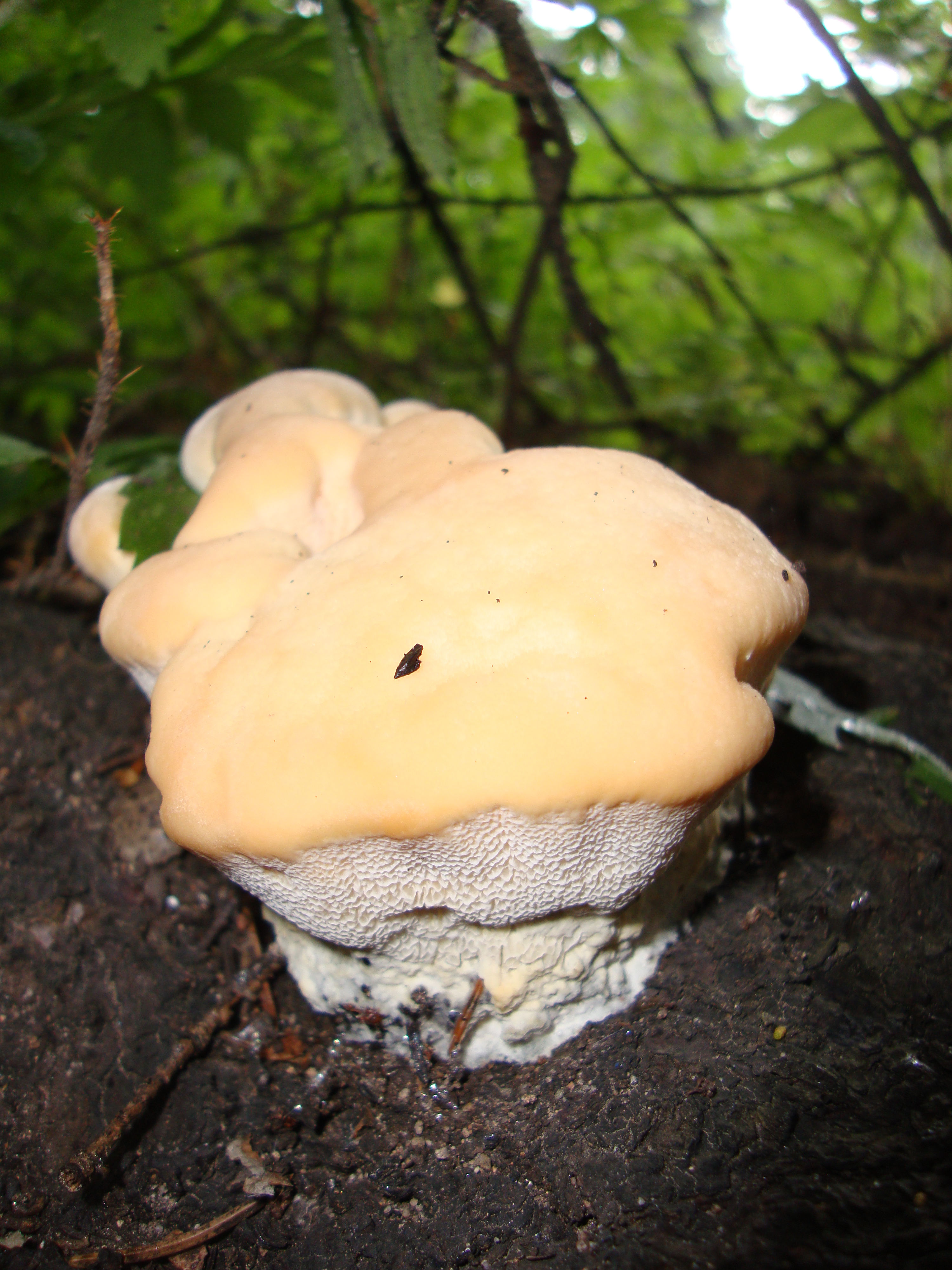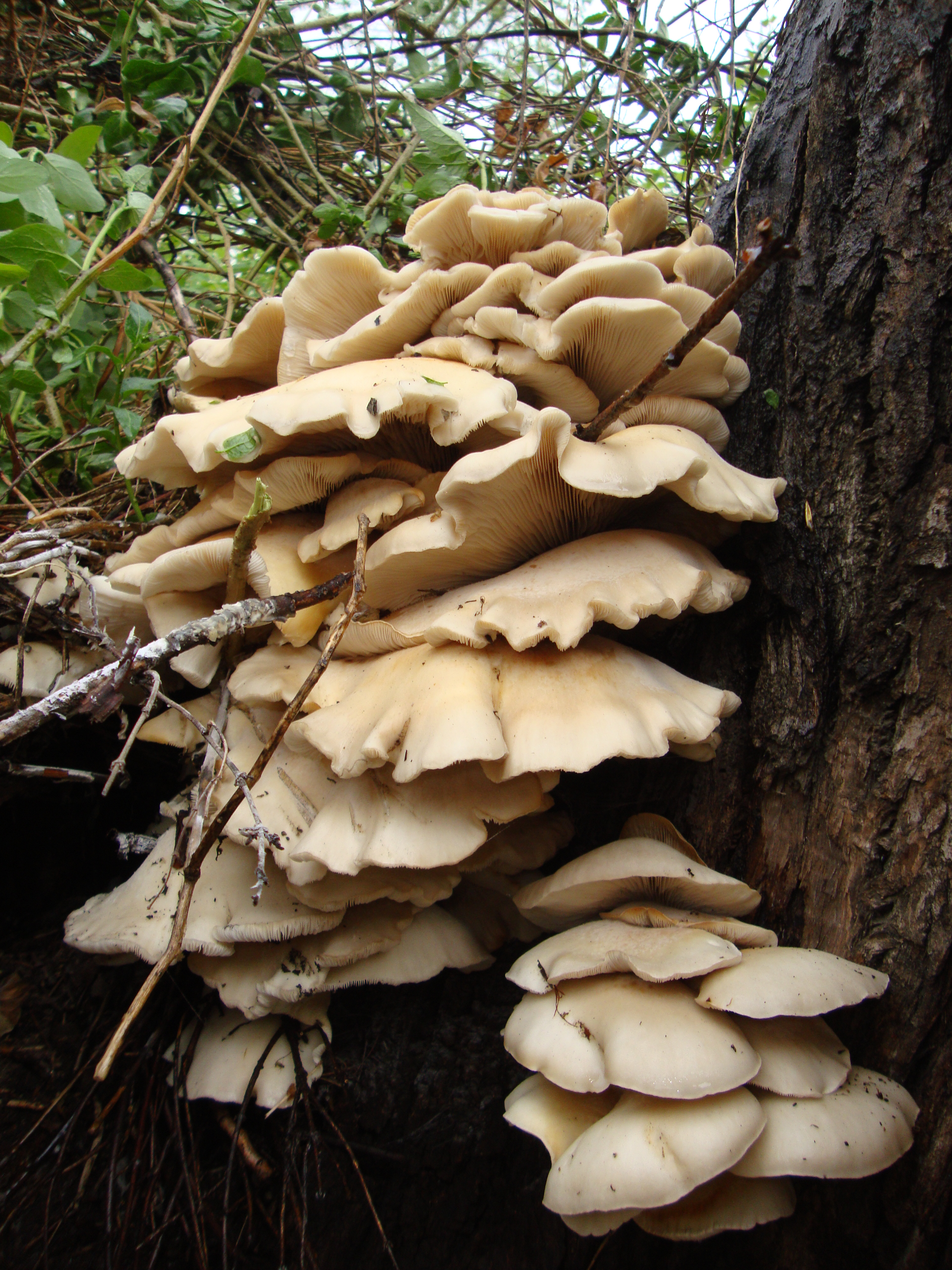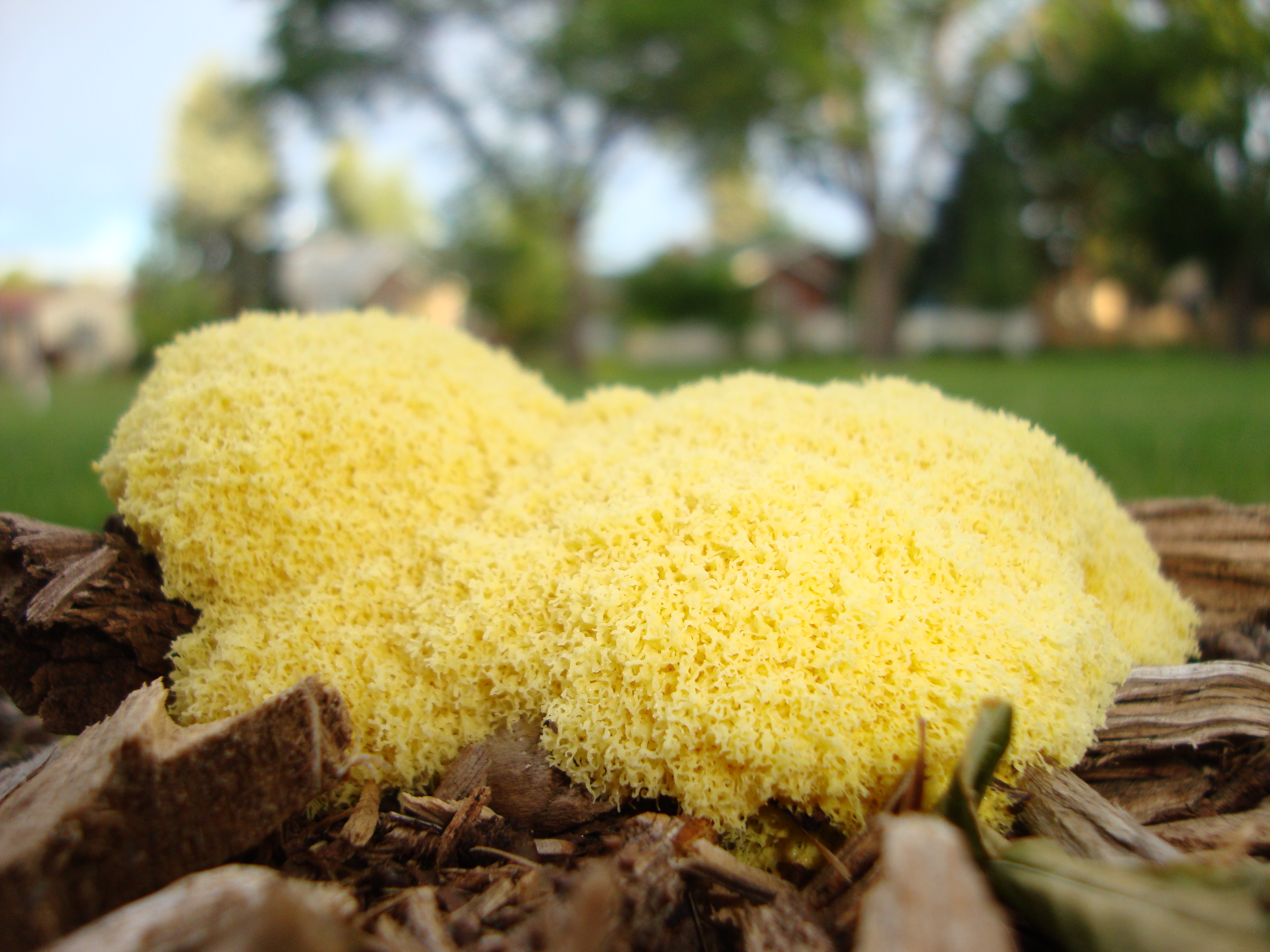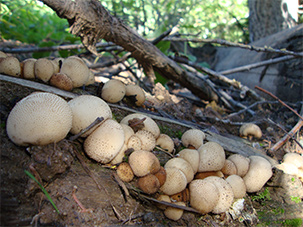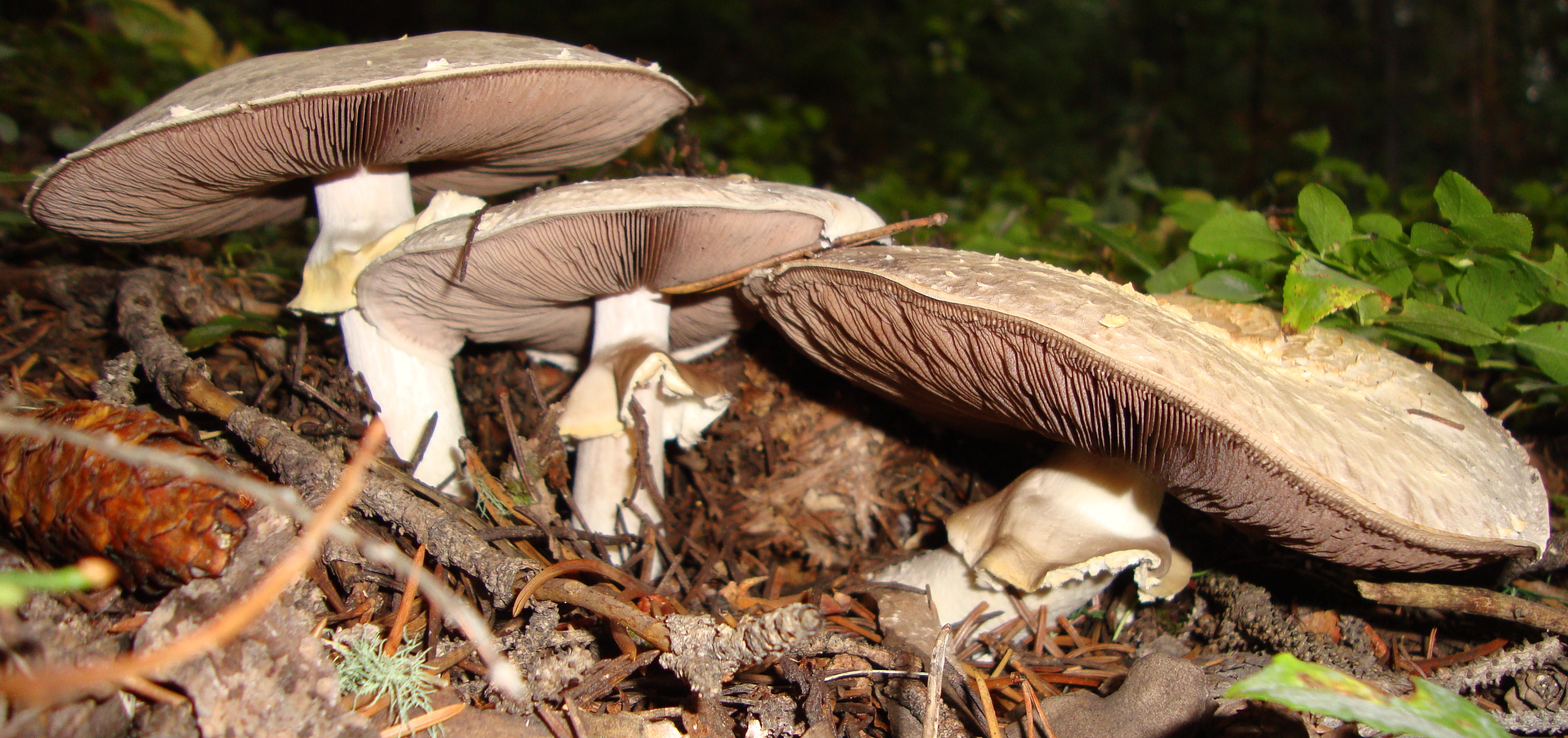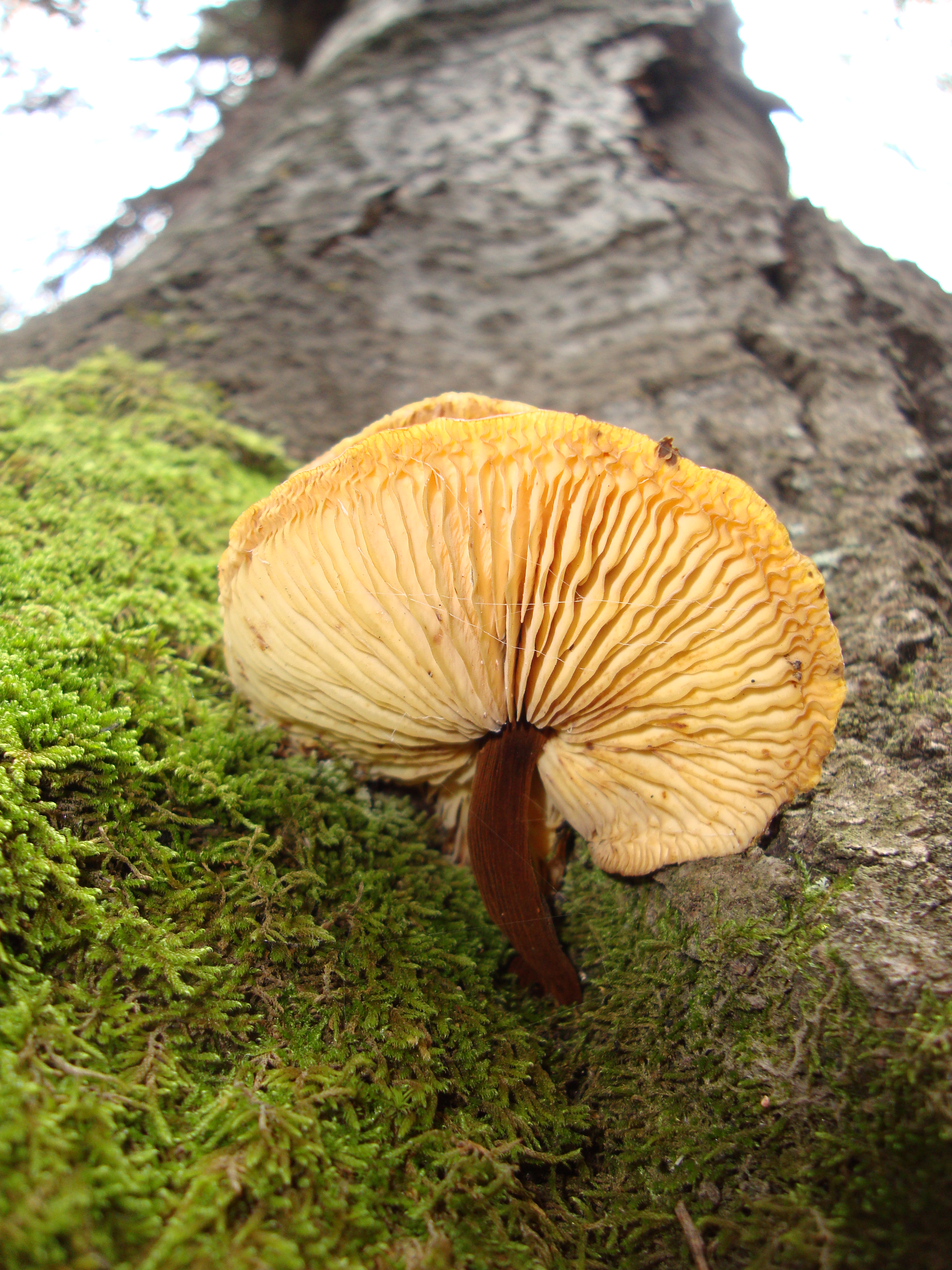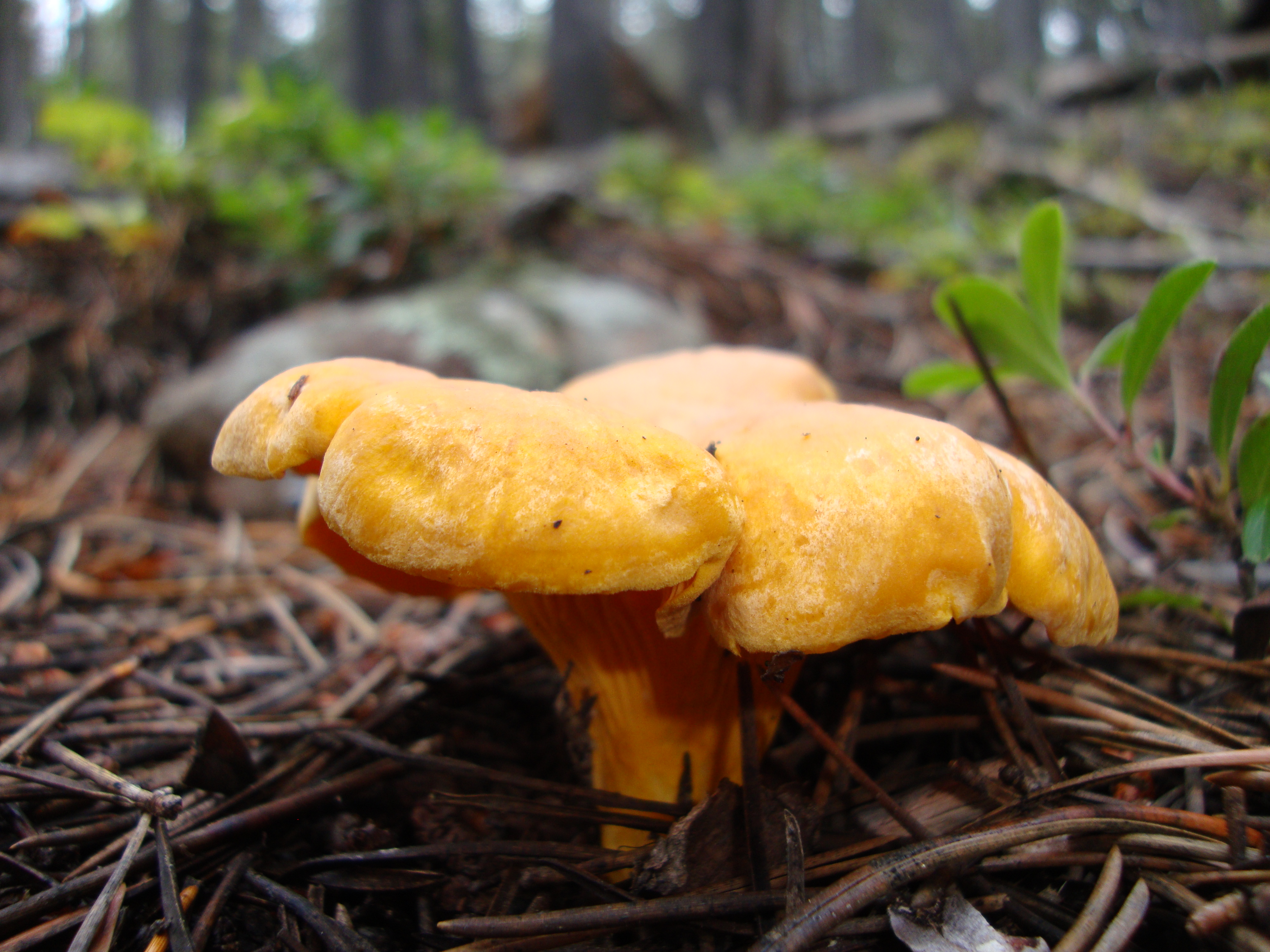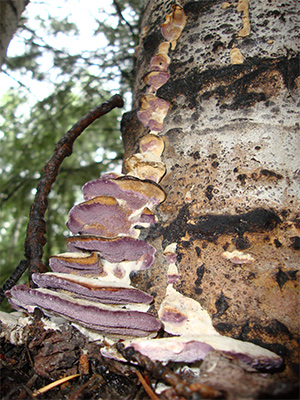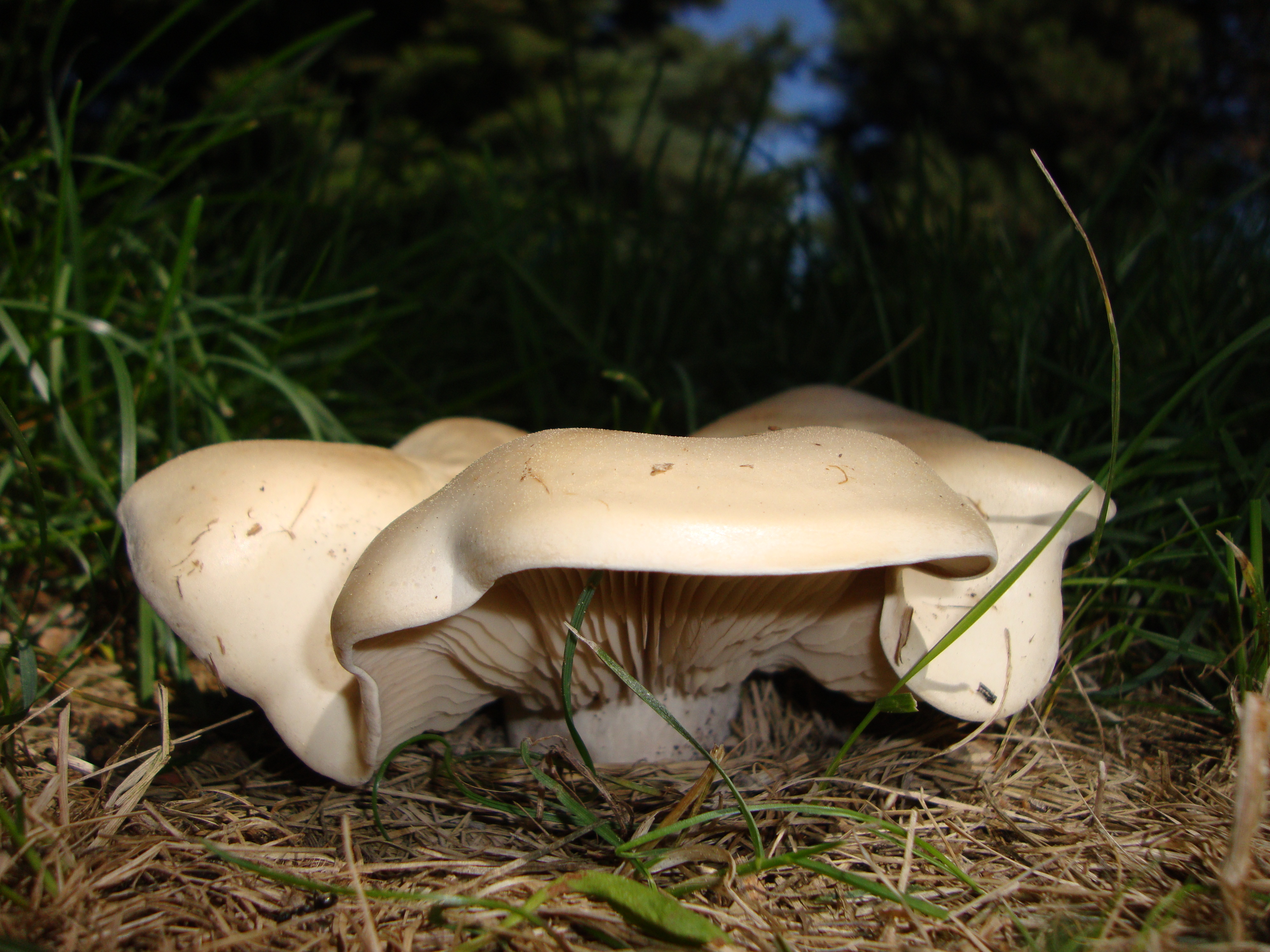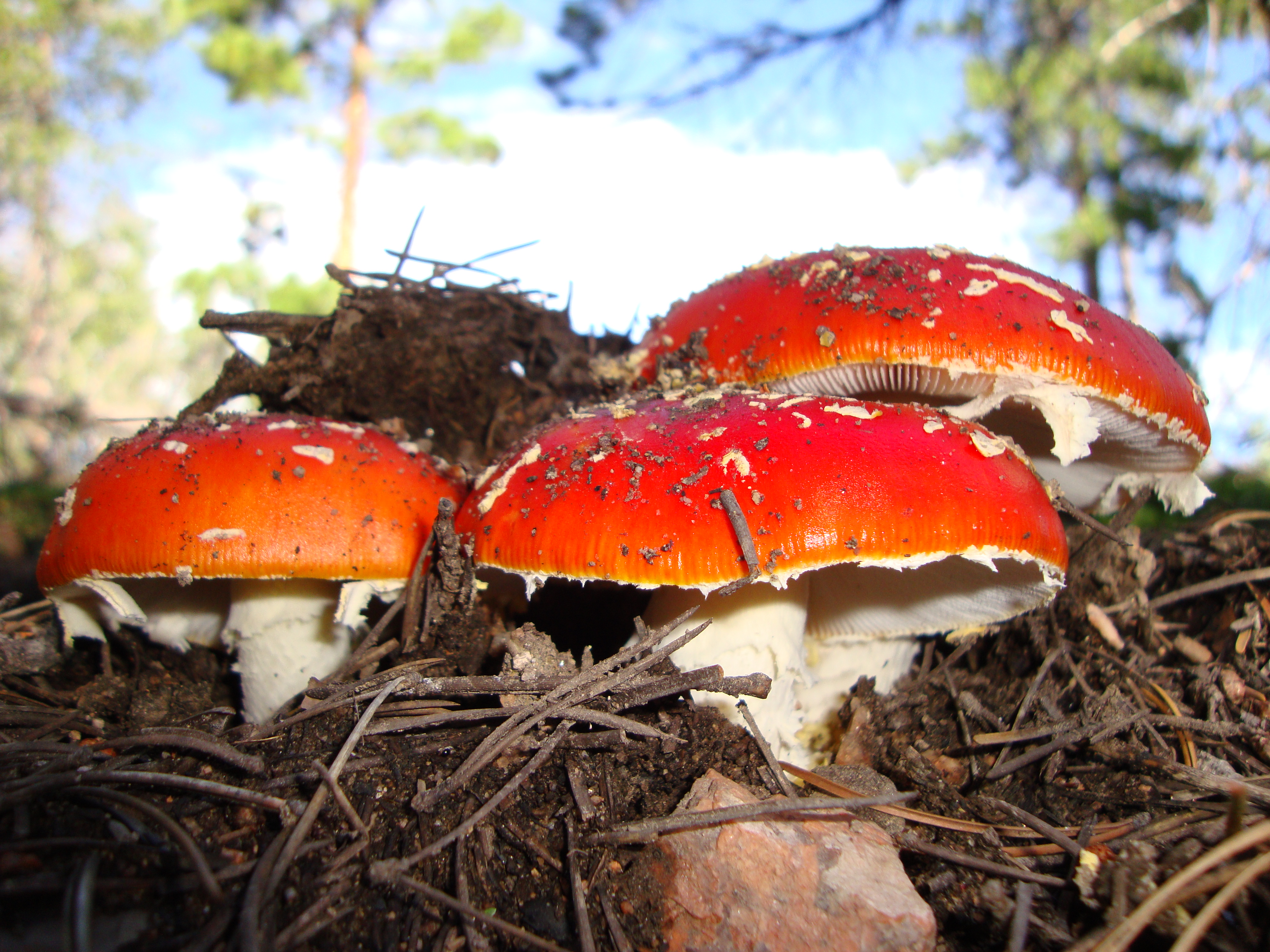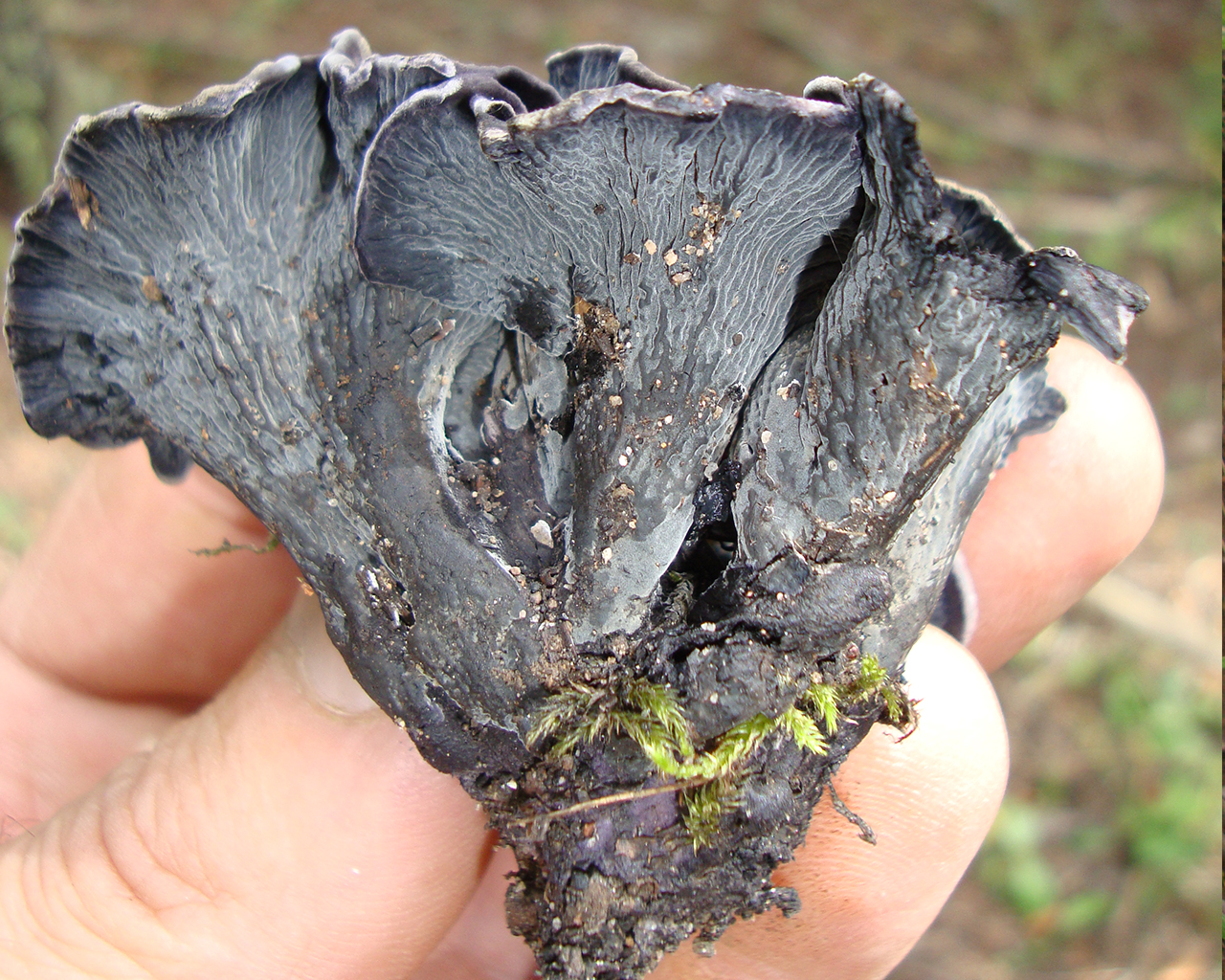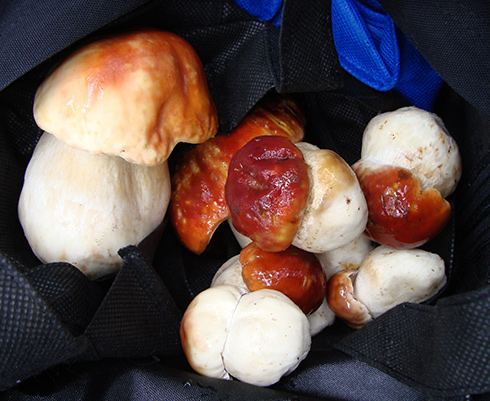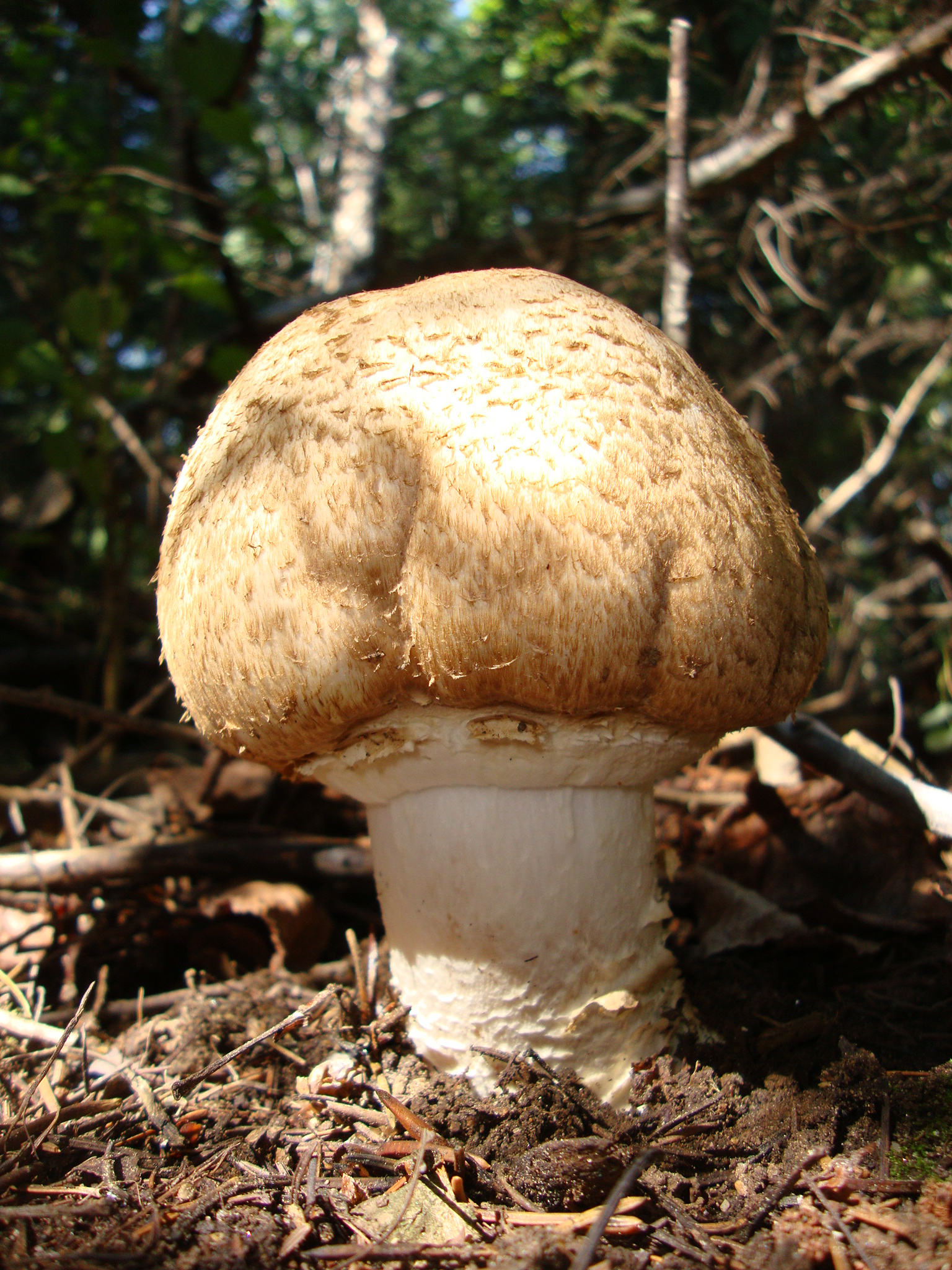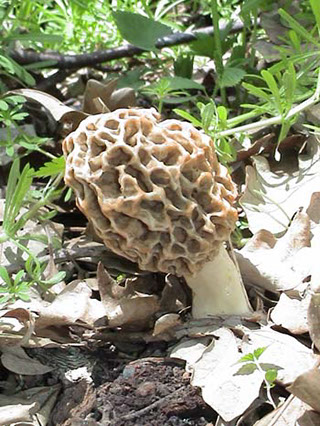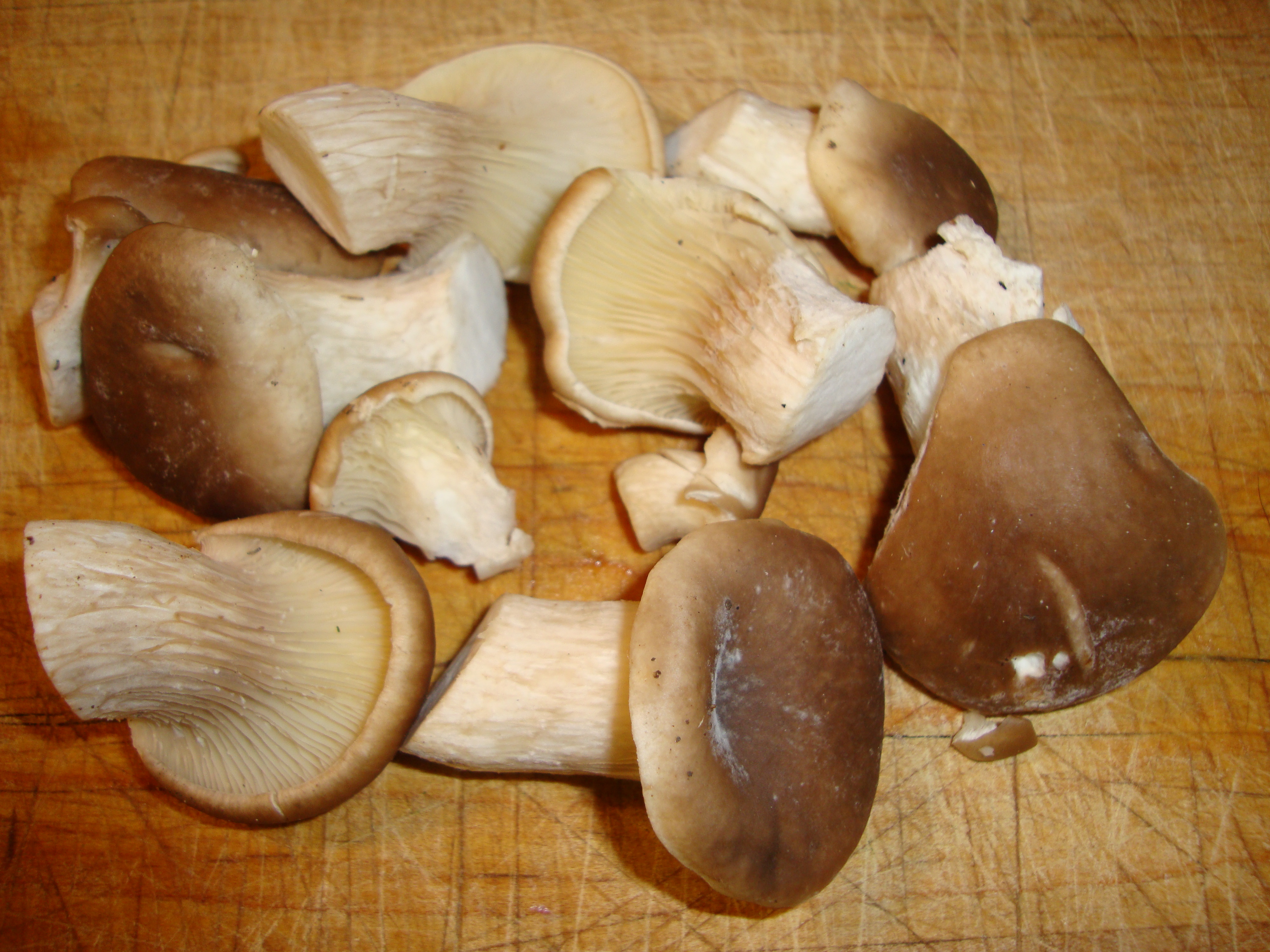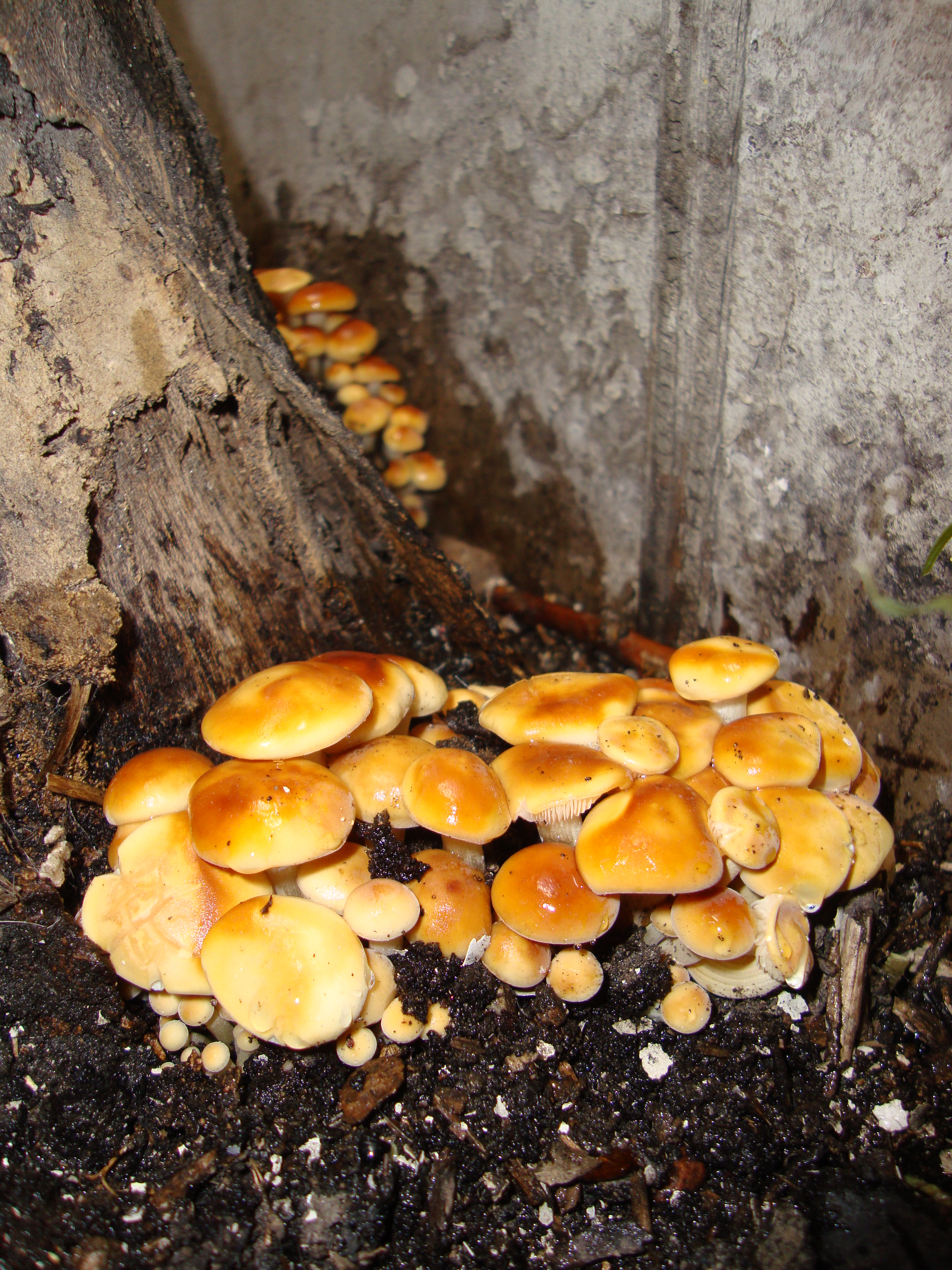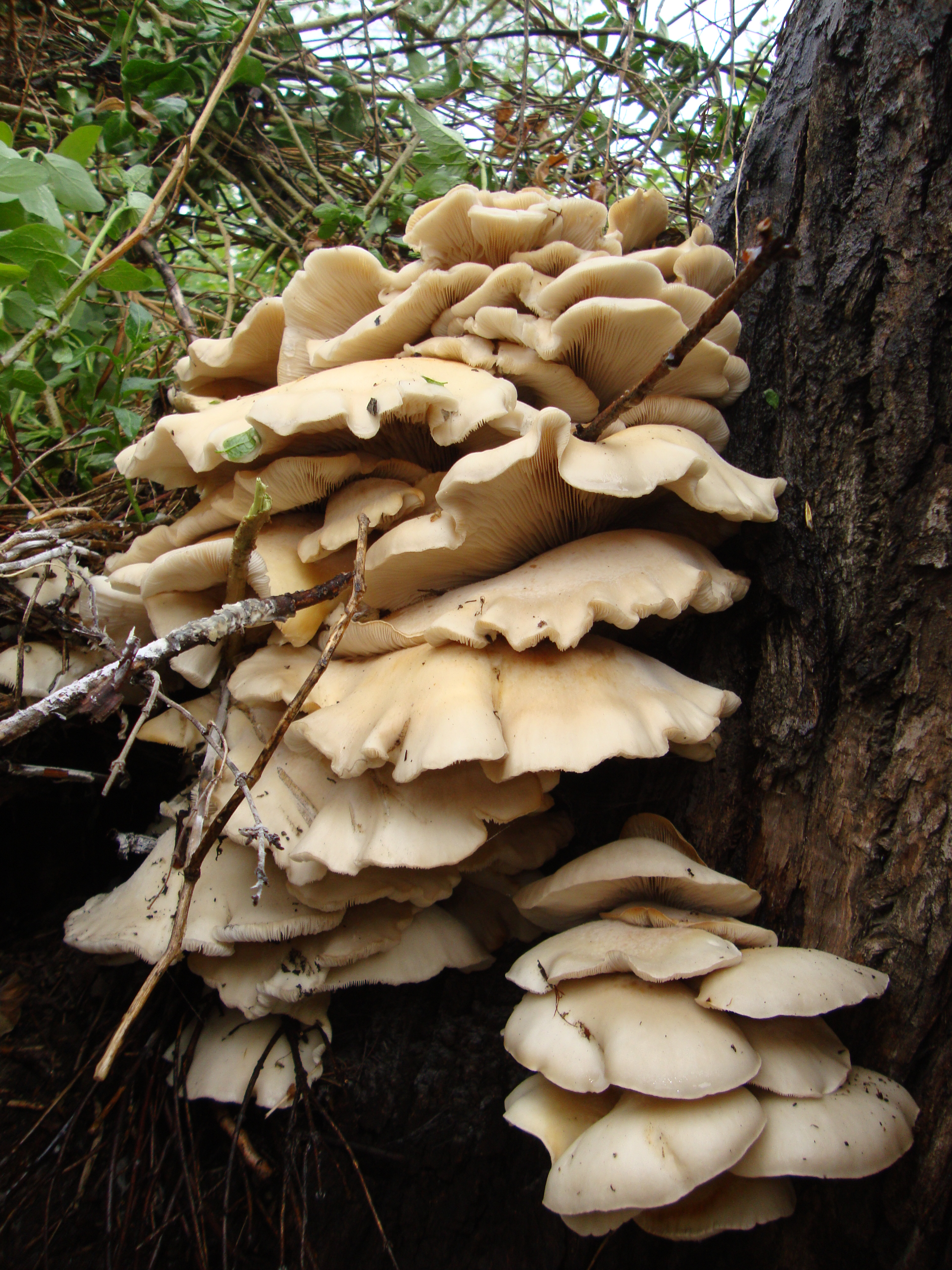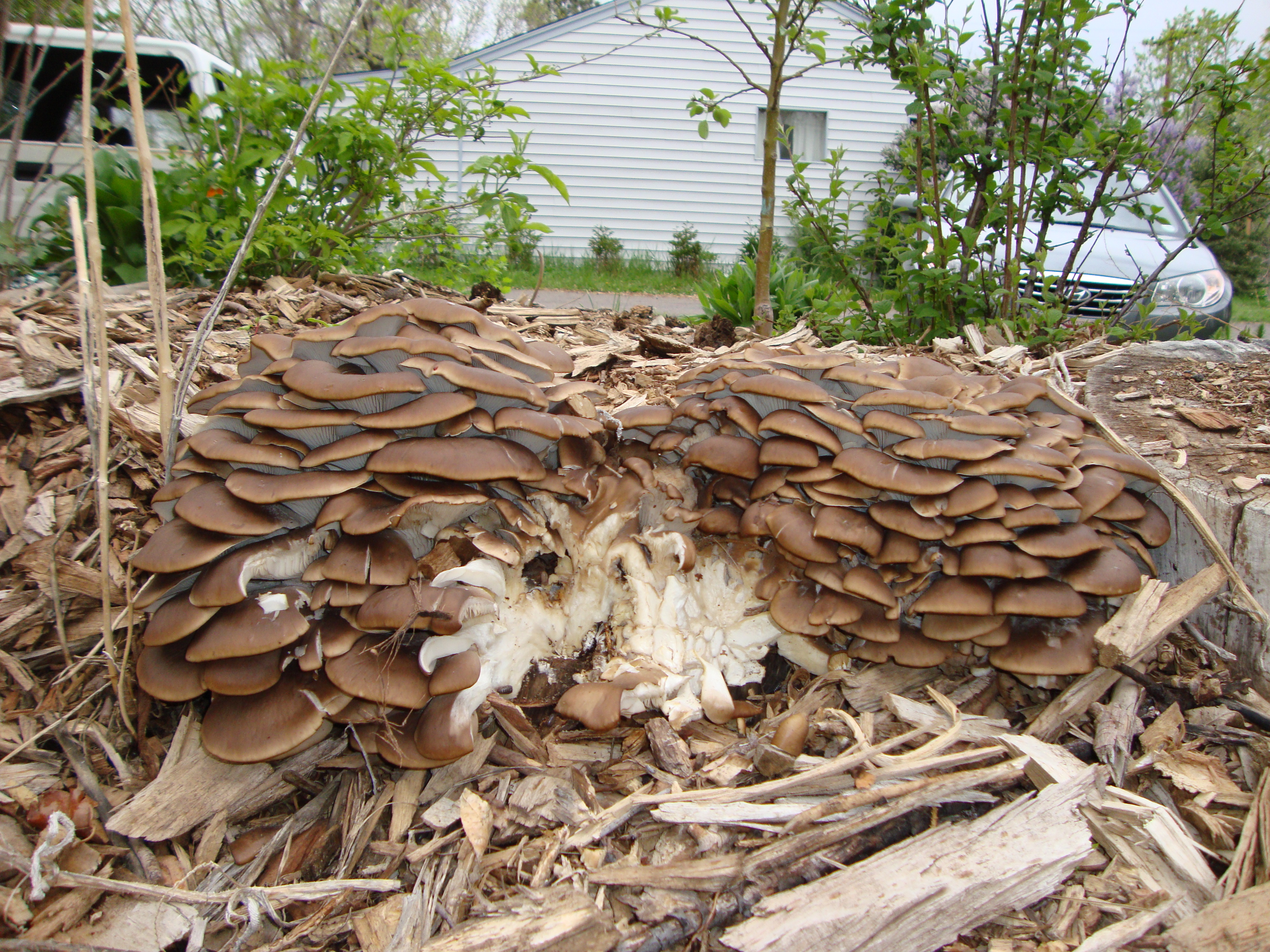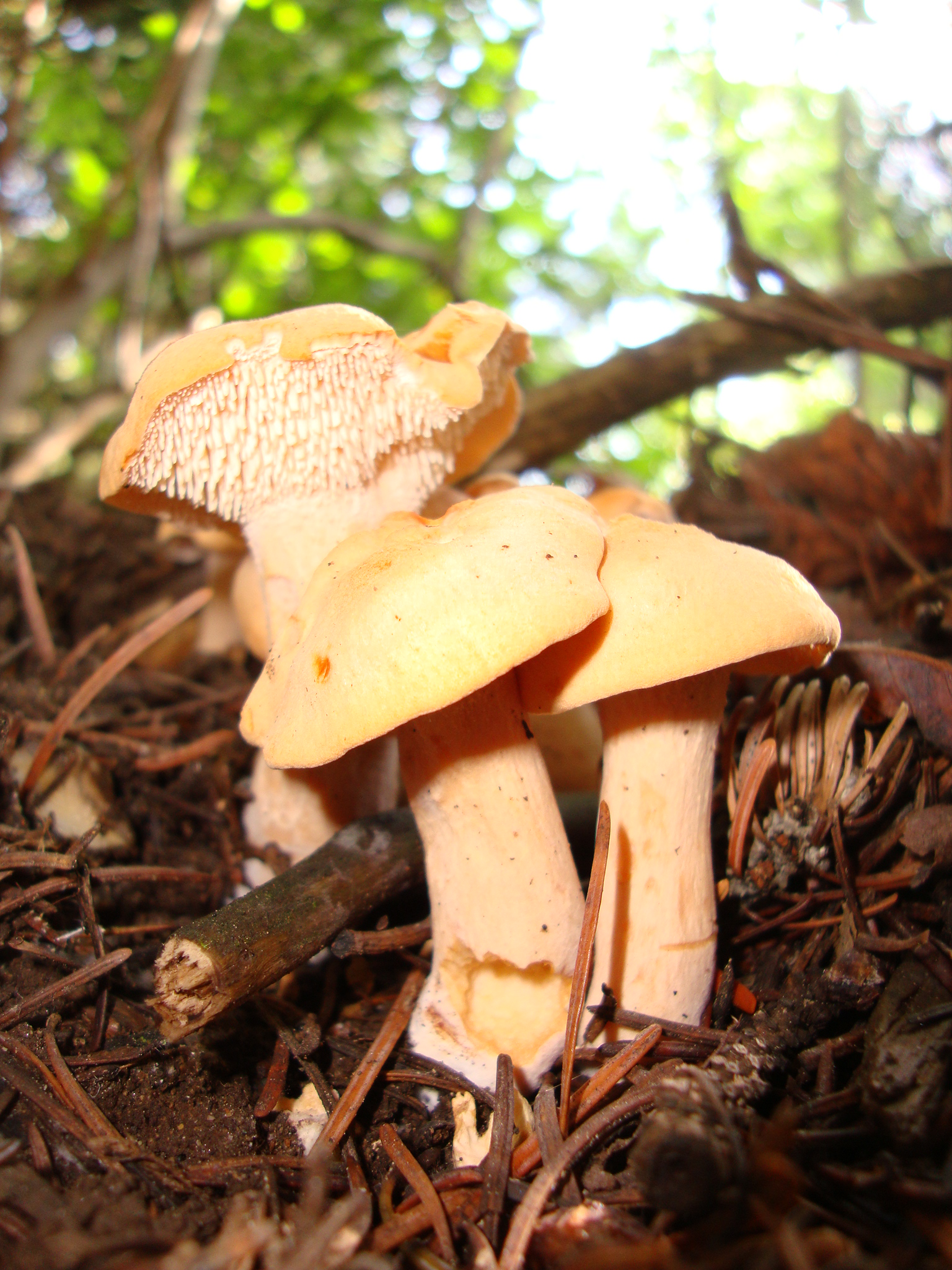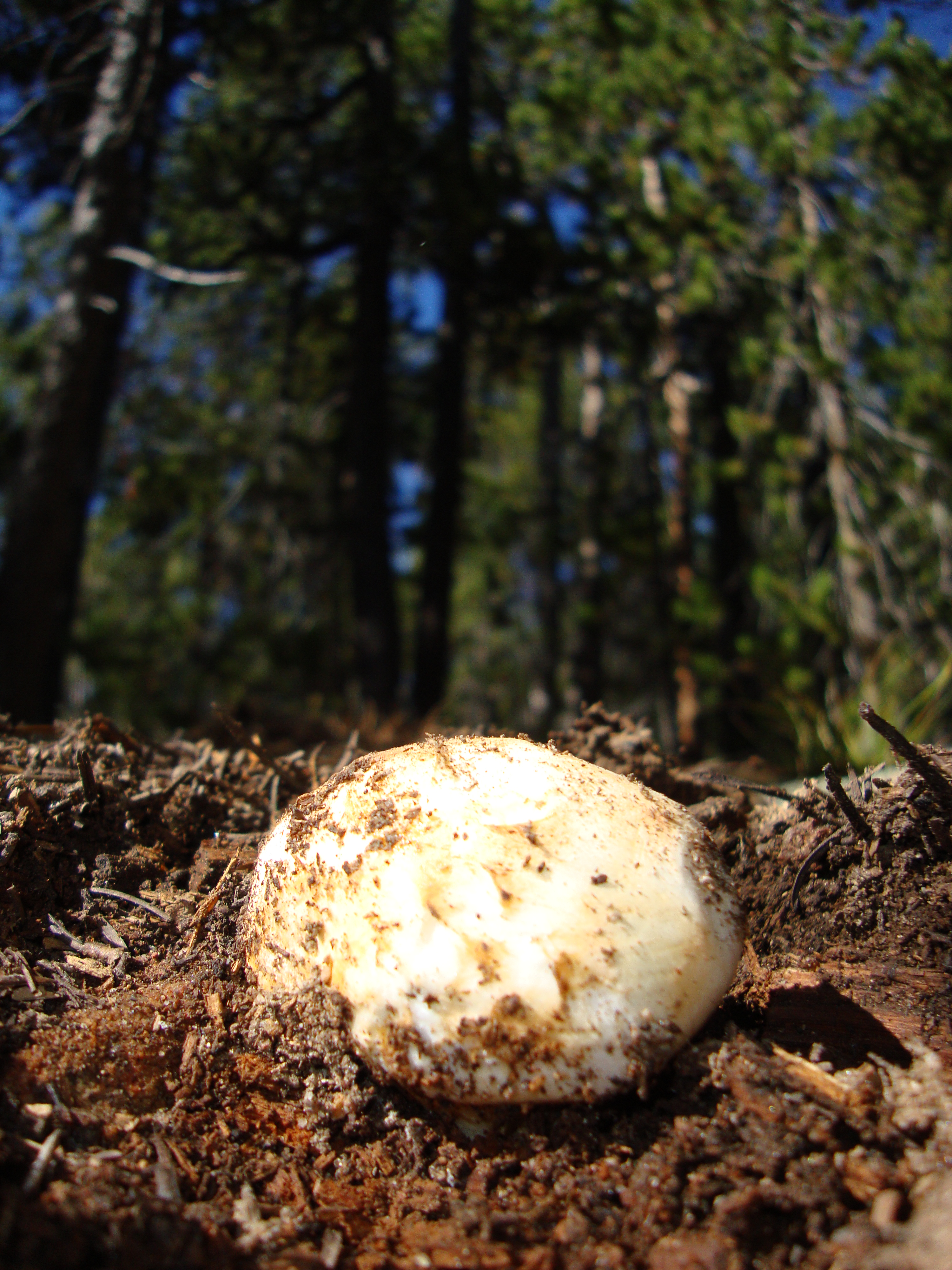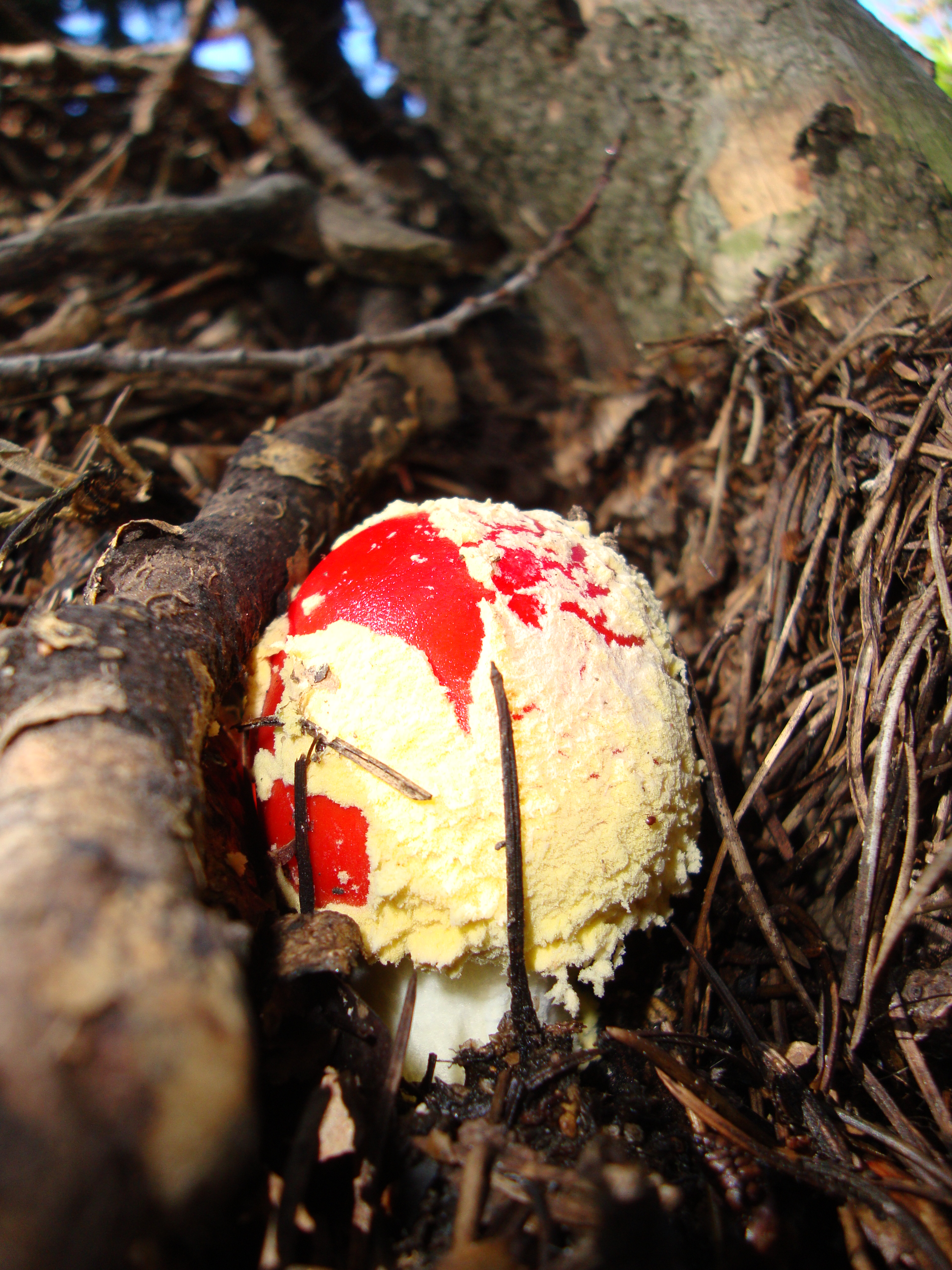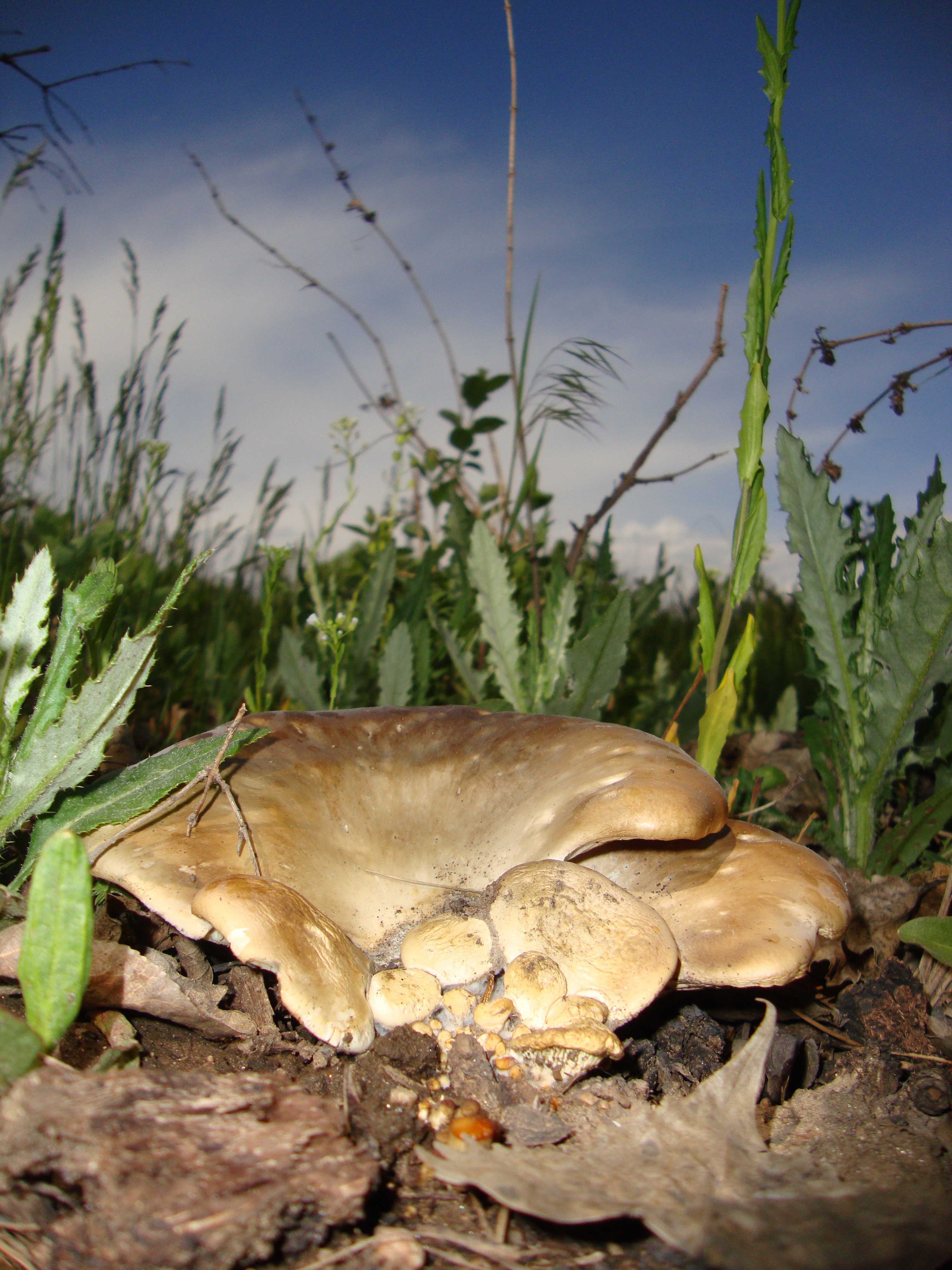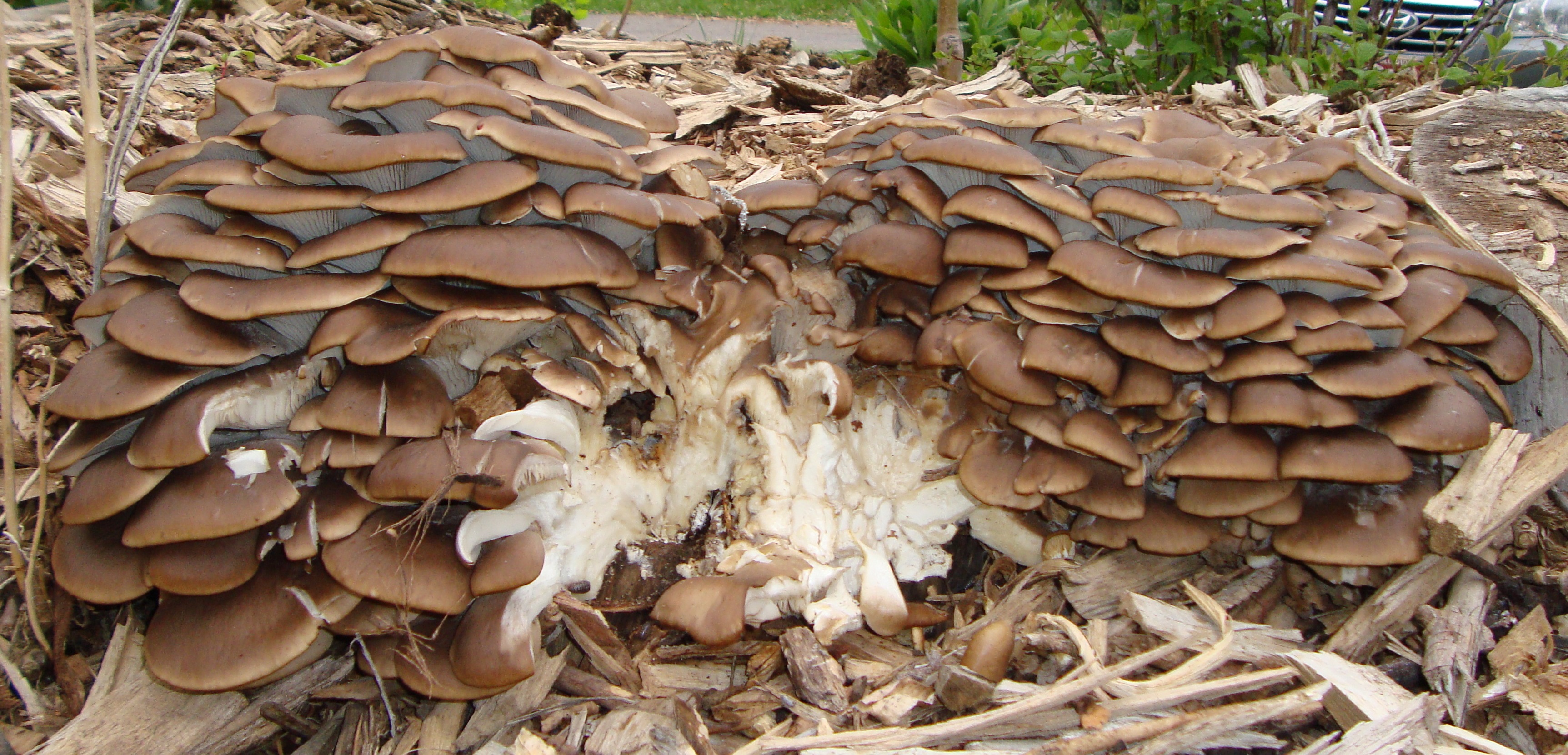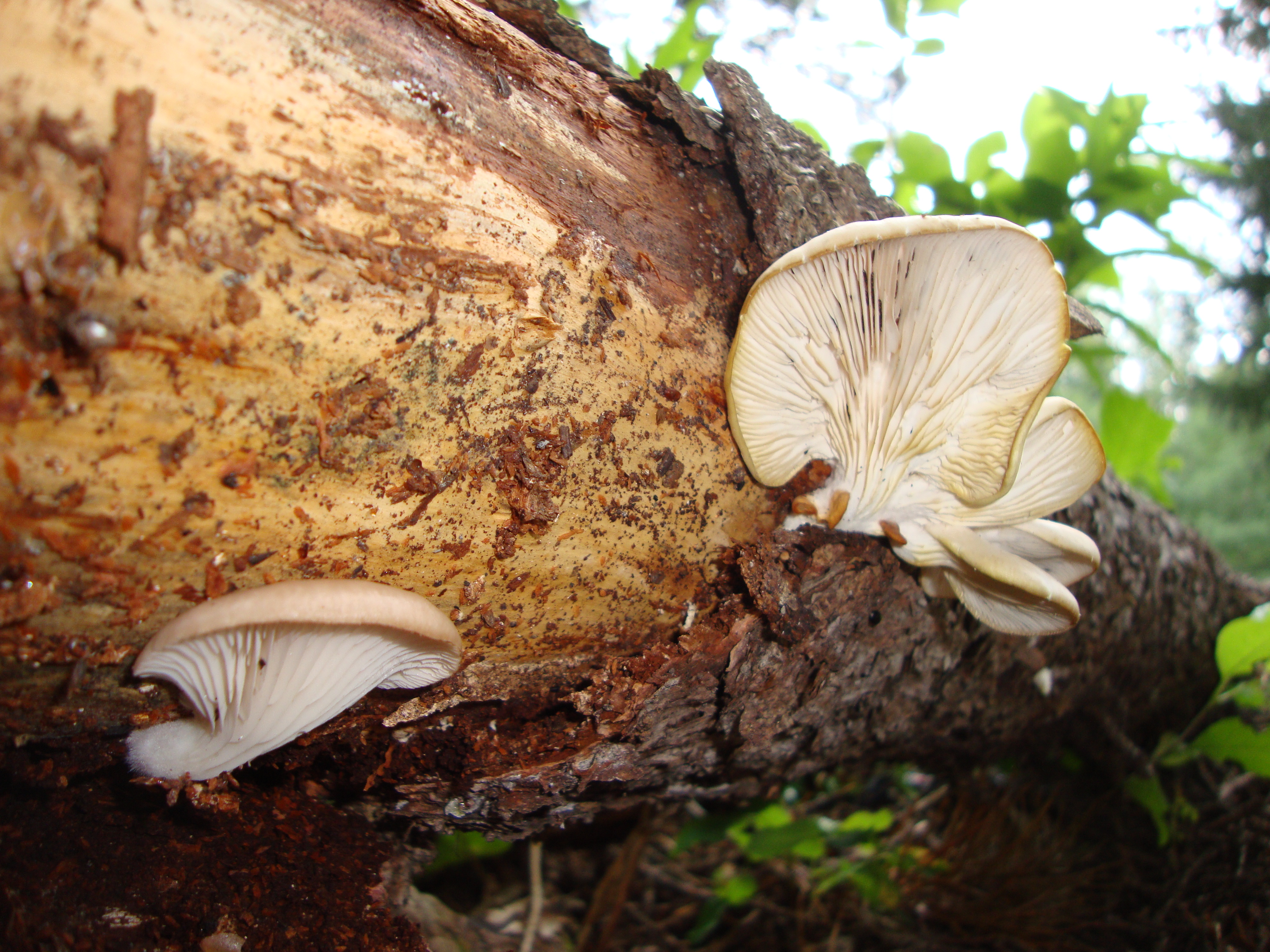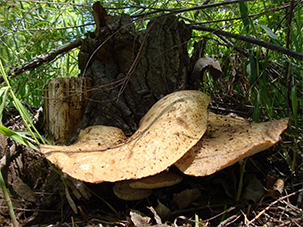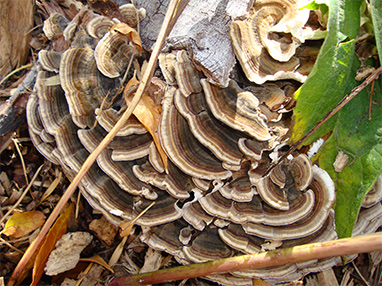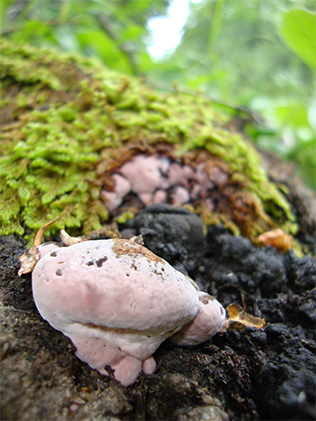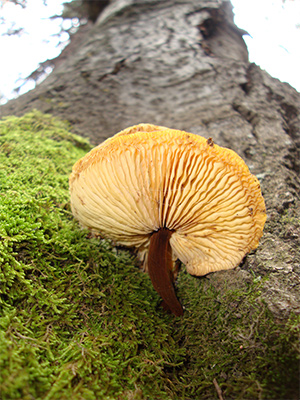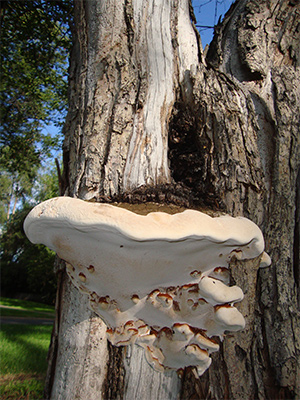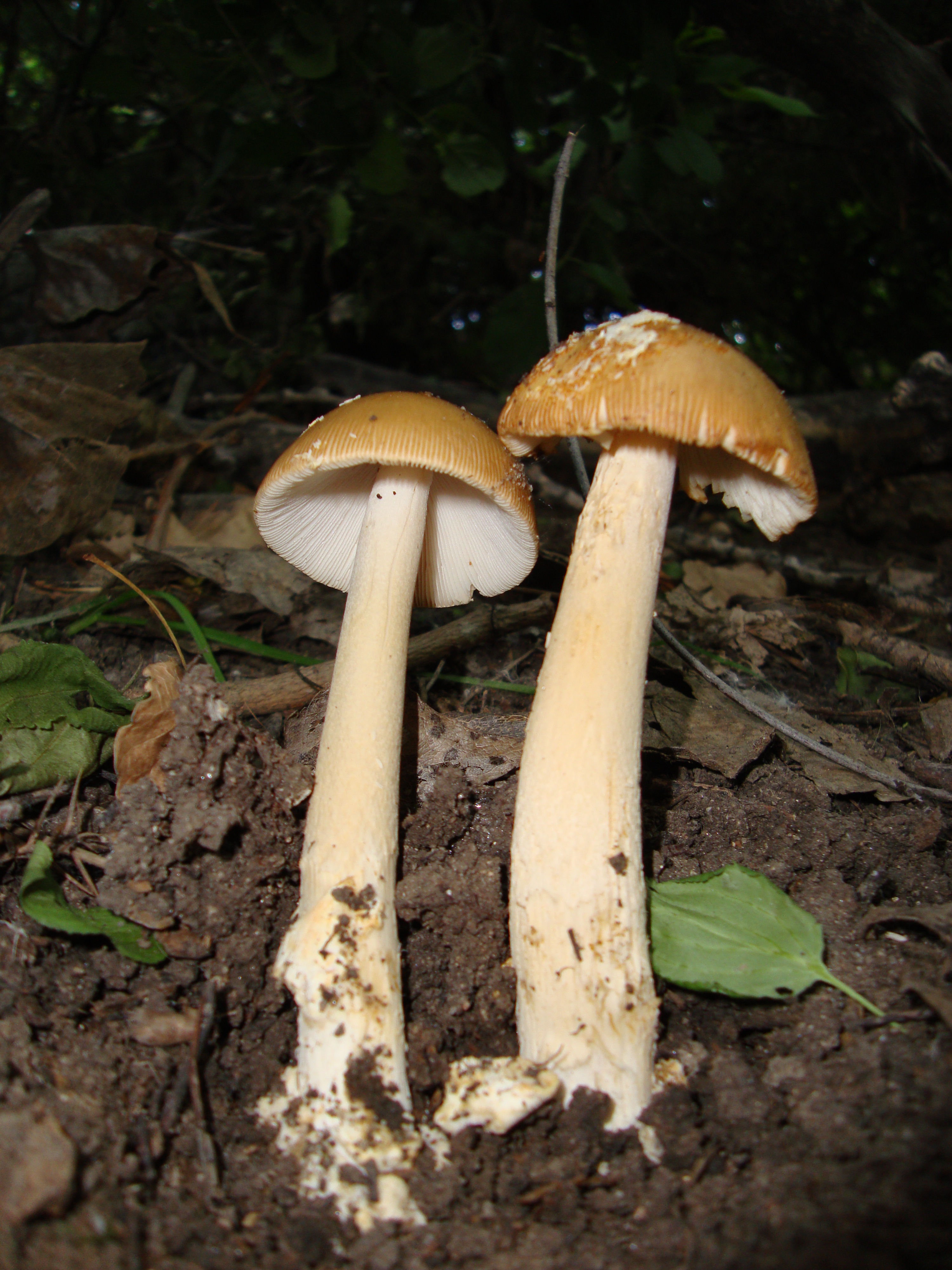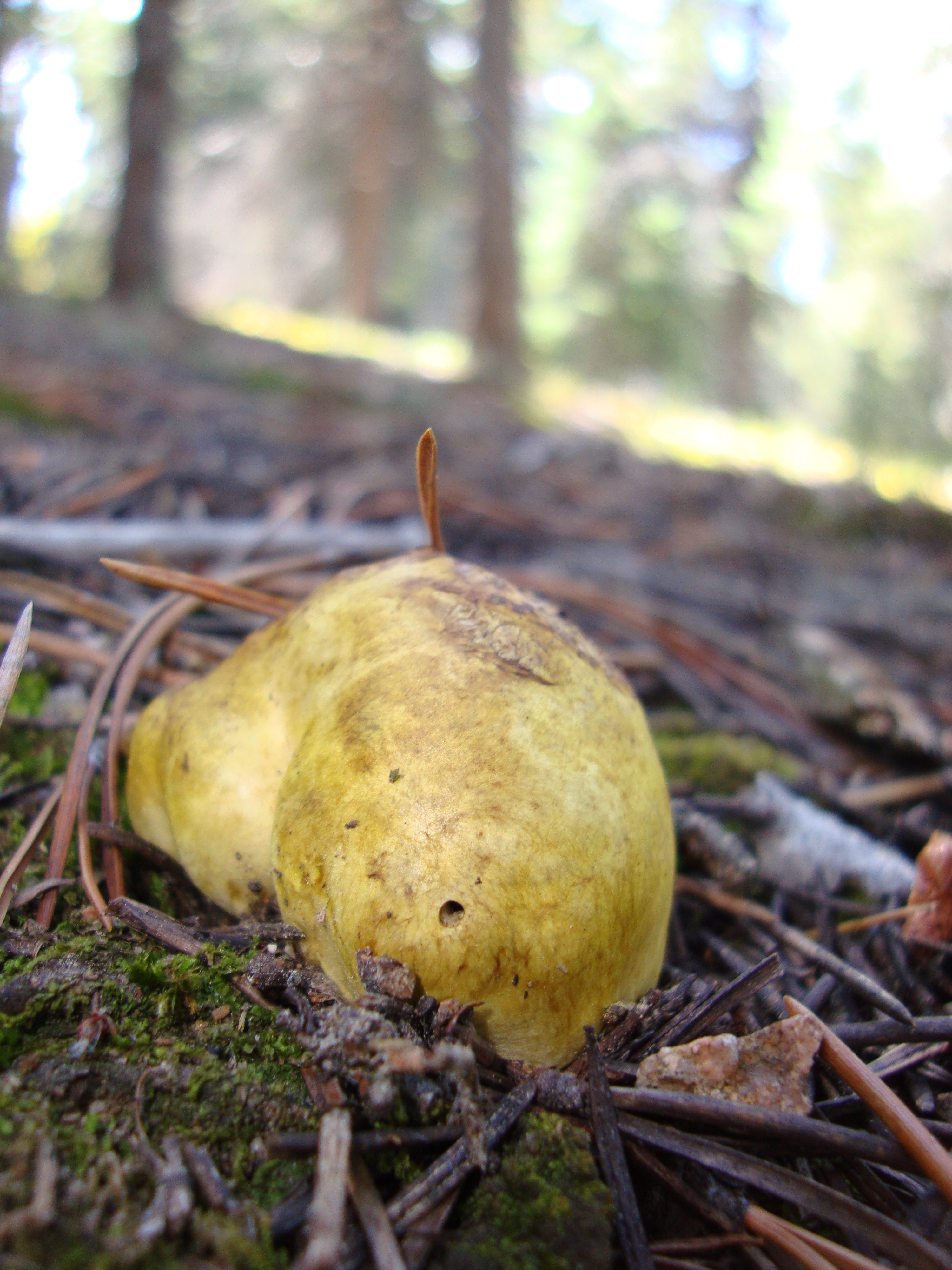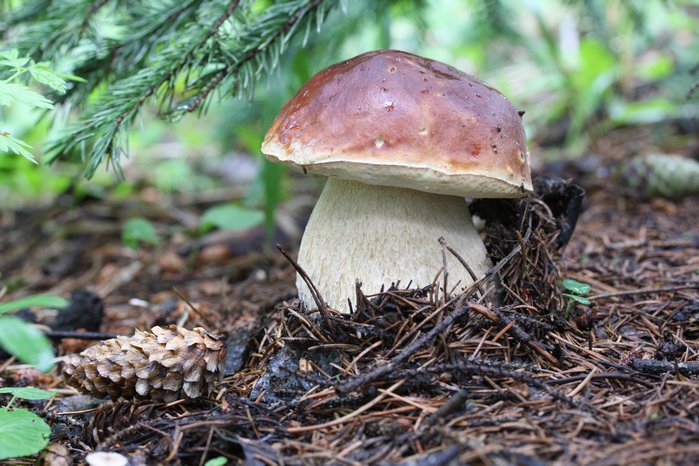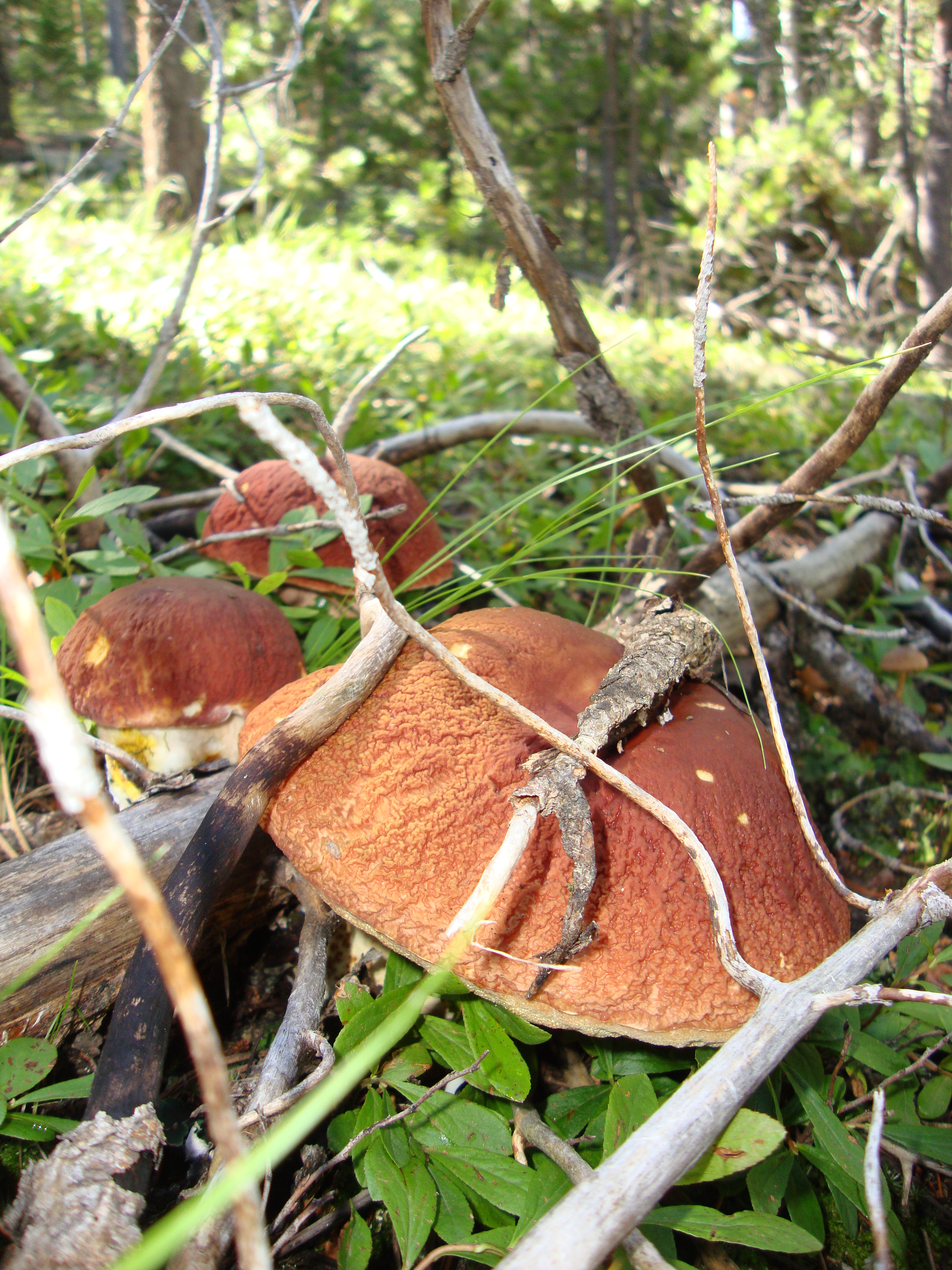I bought a book from Fungi Perfecti.com this spring called “The Biochar Solution; Carbon Farming and climate change” by Albert Bates. The Biochar part sounded interesting but what caught my eye was the carbon farming part. This looked like a particularly interesting topic, I wondered how mycelium played a role in this equation. I have been involved in agriculture for a good 40+ years of my 50+ year existence. I was in charge of weeding the family vegetable garden as a child and had a nice wild flower garden of my own that I would mess with while I waited for the bus in the AM before school (much to the amusement of my classmates). A few years back, 2008 to be exact, I had a jalapeno pepper plant that I had brought in from outdoors the year before. It was perfectly happy and thriving until I went out of town and my housemate didn’t open the curtains for the 8 days of my absence. When I got back the plant looked like reheated crap. I gave it TLC and nursed it along for 8 months or so but it just wasn’t happy and was teetering on the brink of death. I was getting ready to put the poor sucker out of its (my) misery when an unsolicited catalog showed up in the mail. It was from Fungi Perfecti, run by this guy named Paul Stamets.
I had never really thought about mushrooms much in the senses that this catalog was talking about so I was fascinated. As I was going through it I found these mycorrhizal fungi spores. According to the literature, they had all kinds of benefits for the plants including making plants healthy! I was completely incredulous and thought, “Hehe, do I have a project for you………..” I bought the spores and applied them not anticipating any results. Much to my chagrin and delight, 3 weeks later the plant had completely recovered and was starting to grow like crazy again. Not only growing but growing much better than it was BEFORE it got sick!! I was hooked on mycology instantly.



